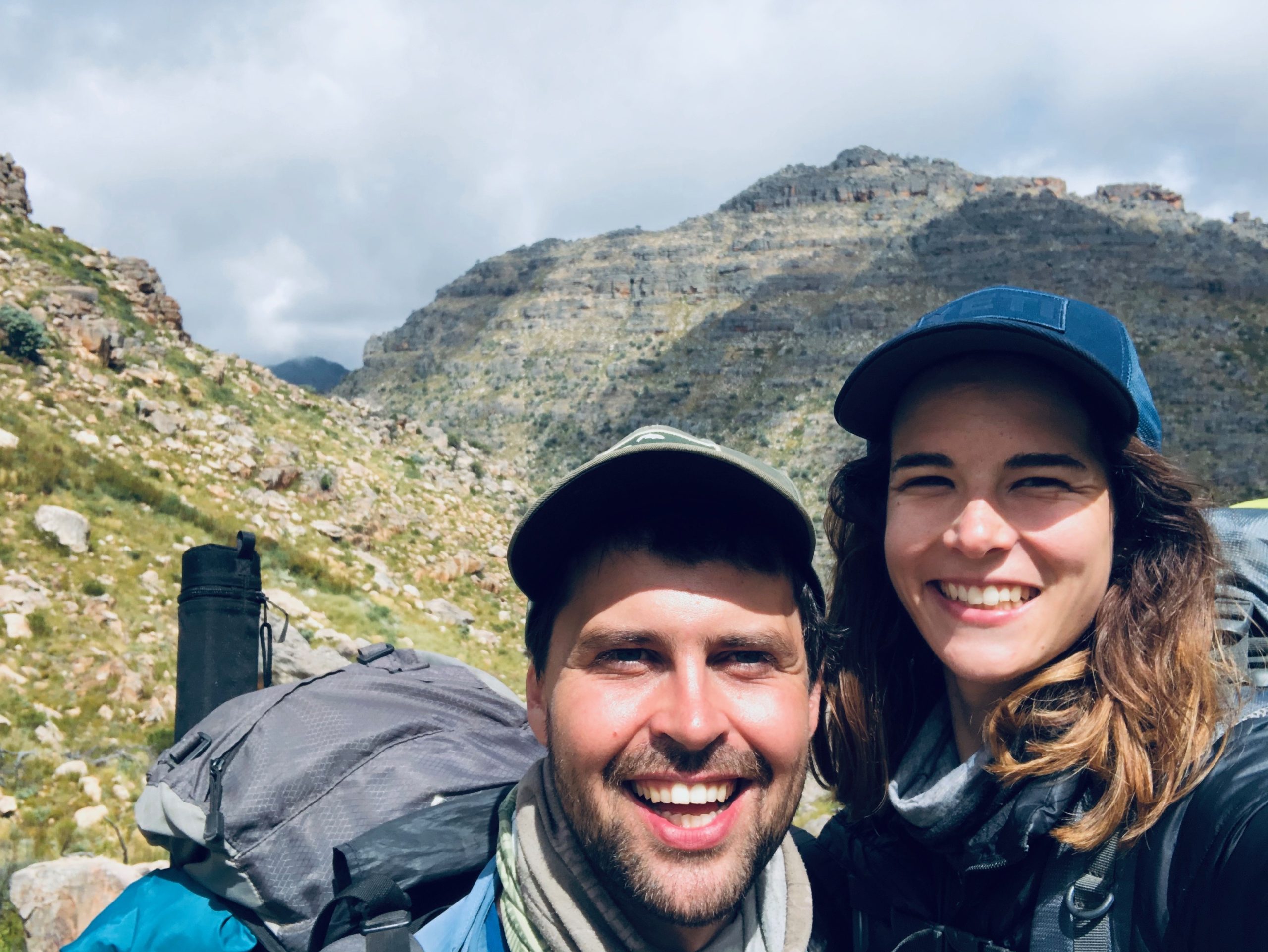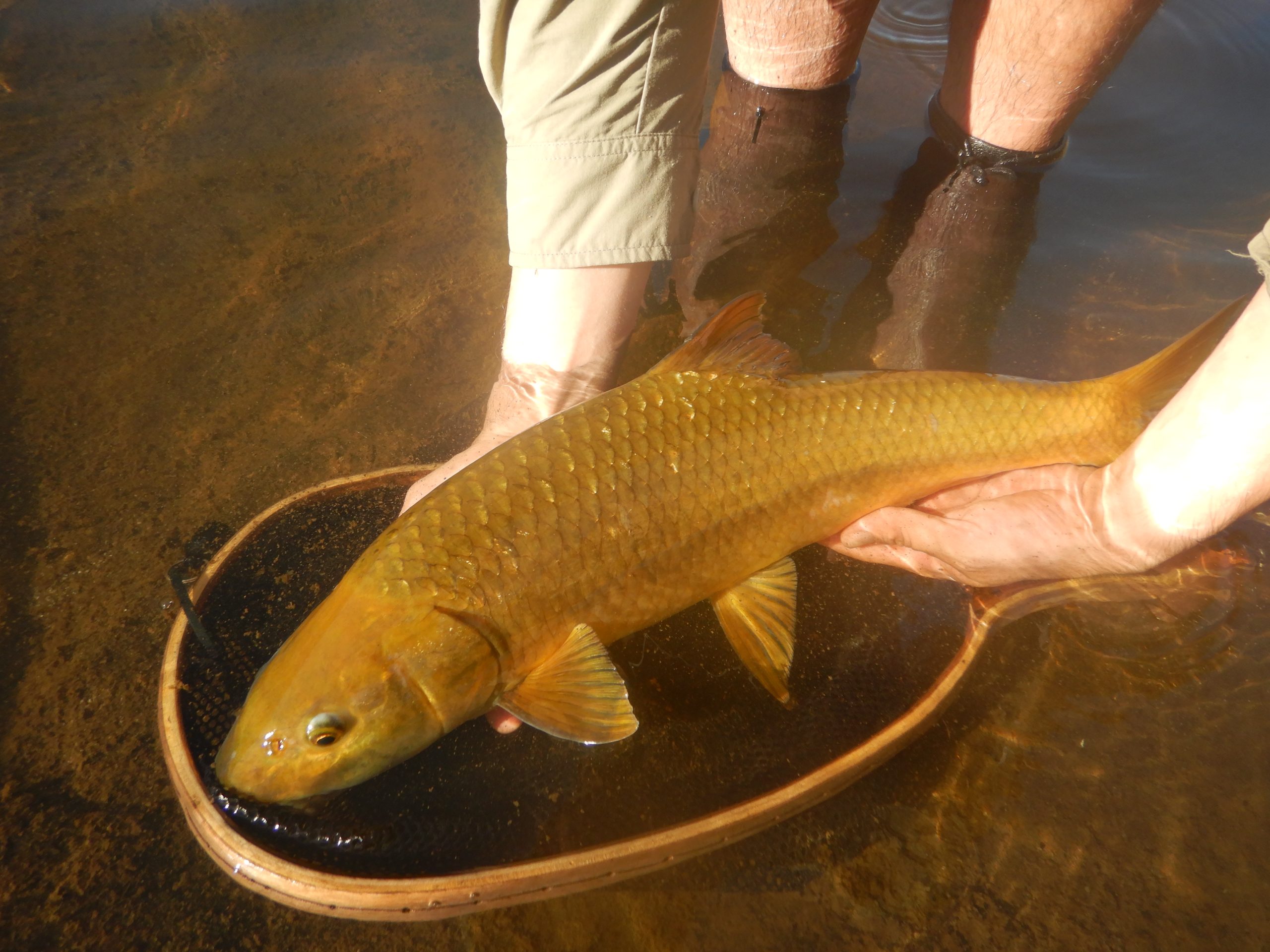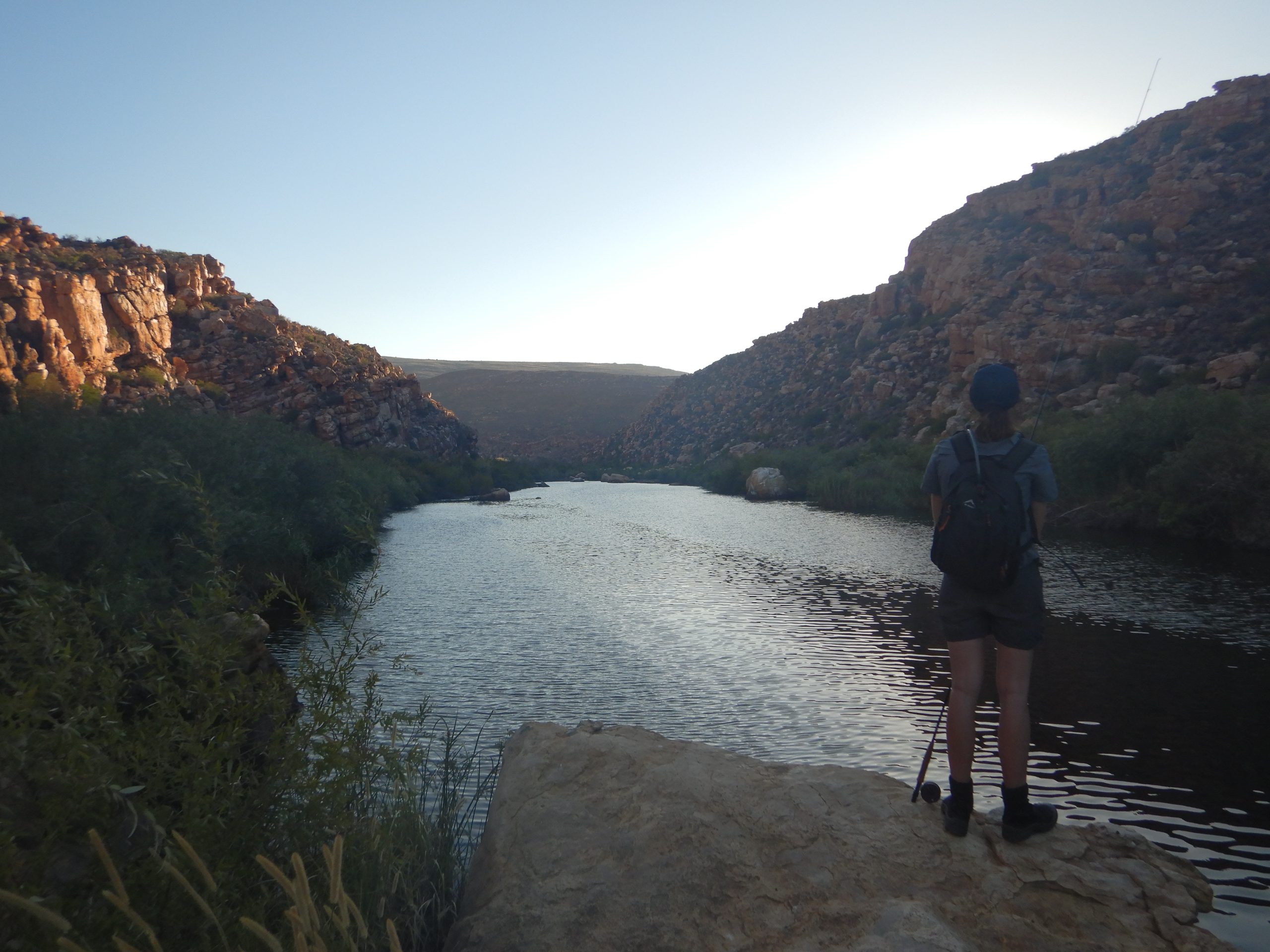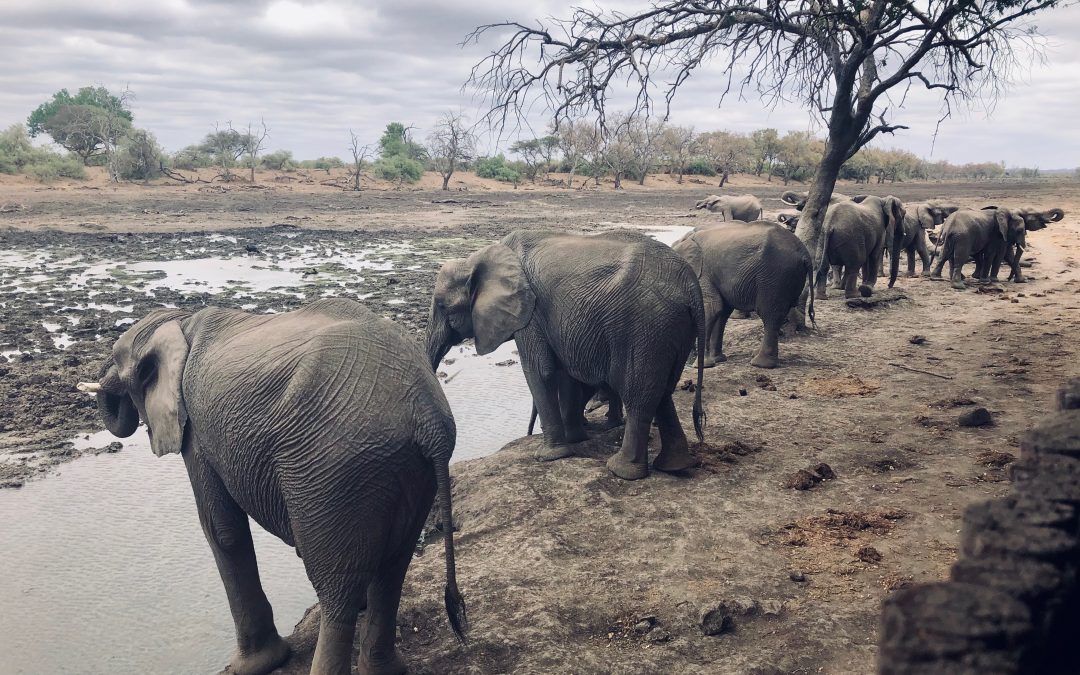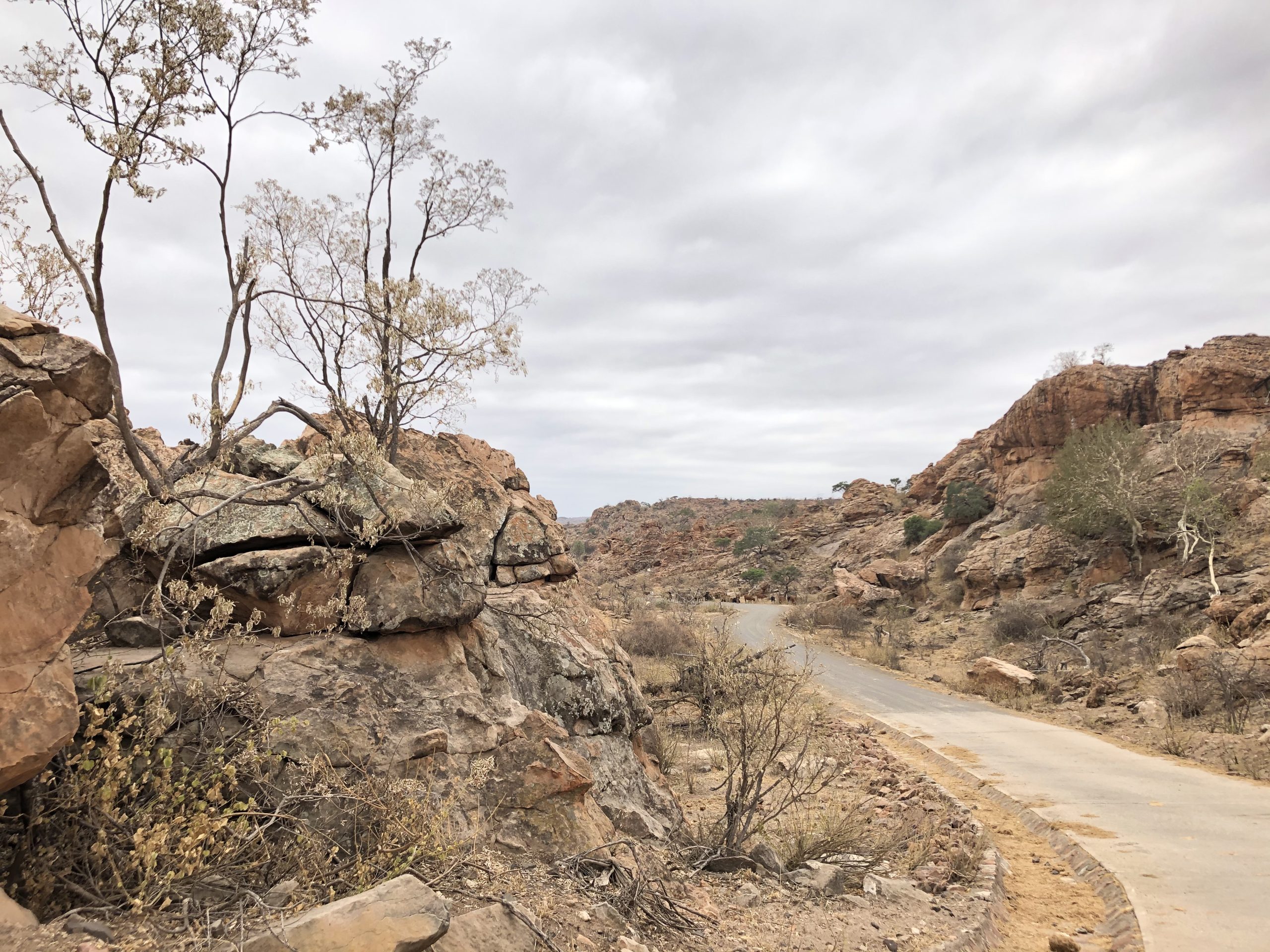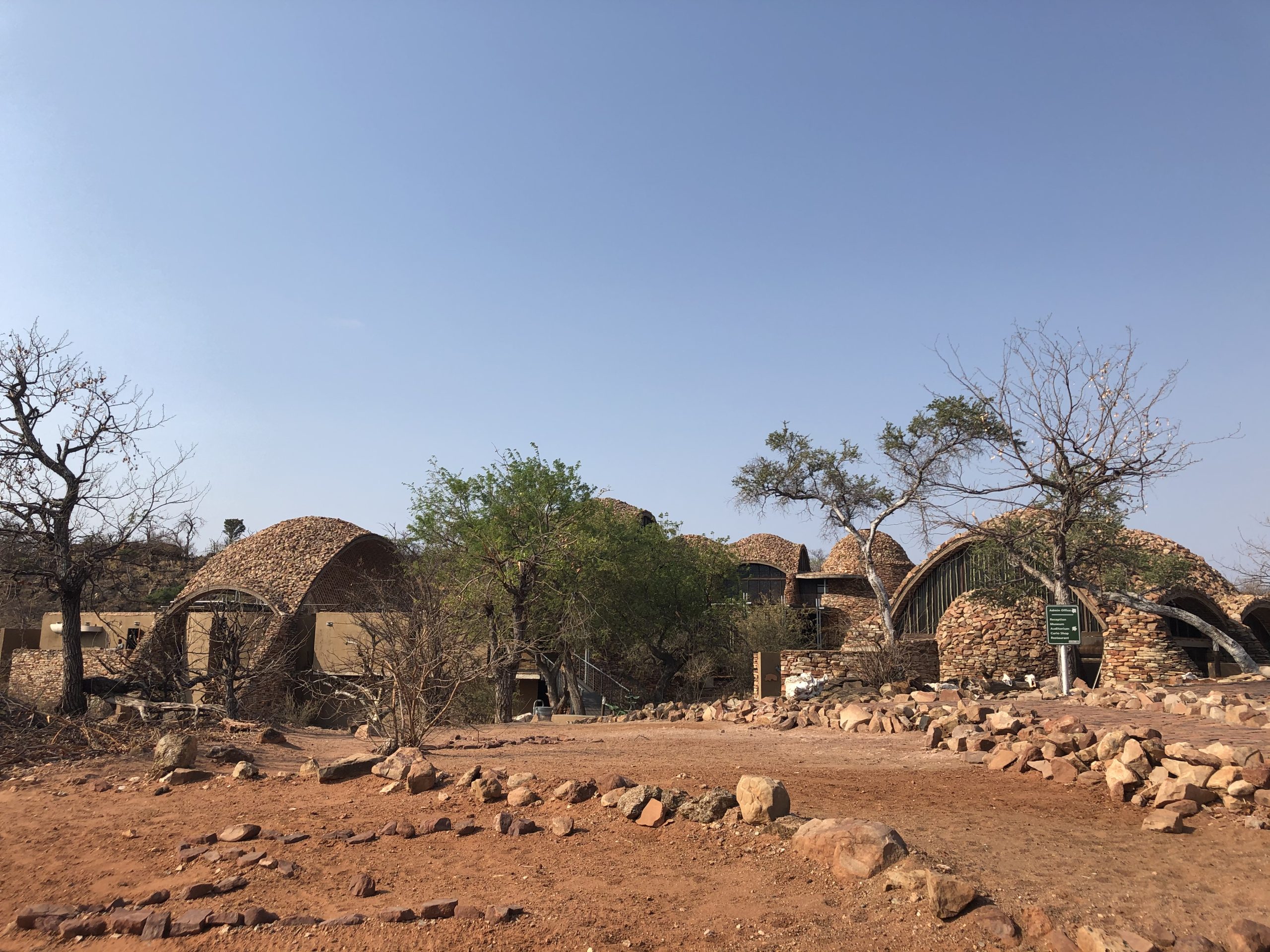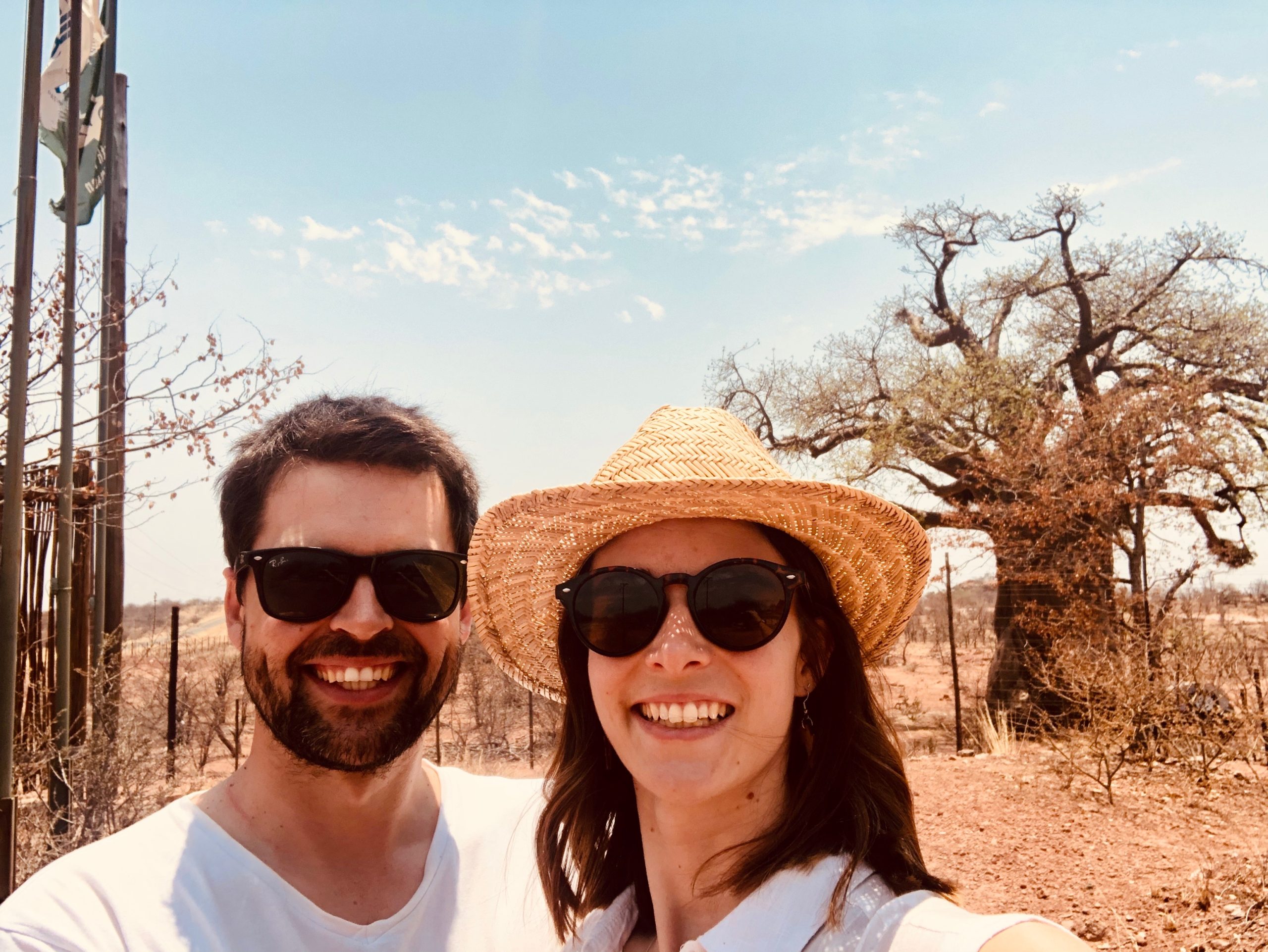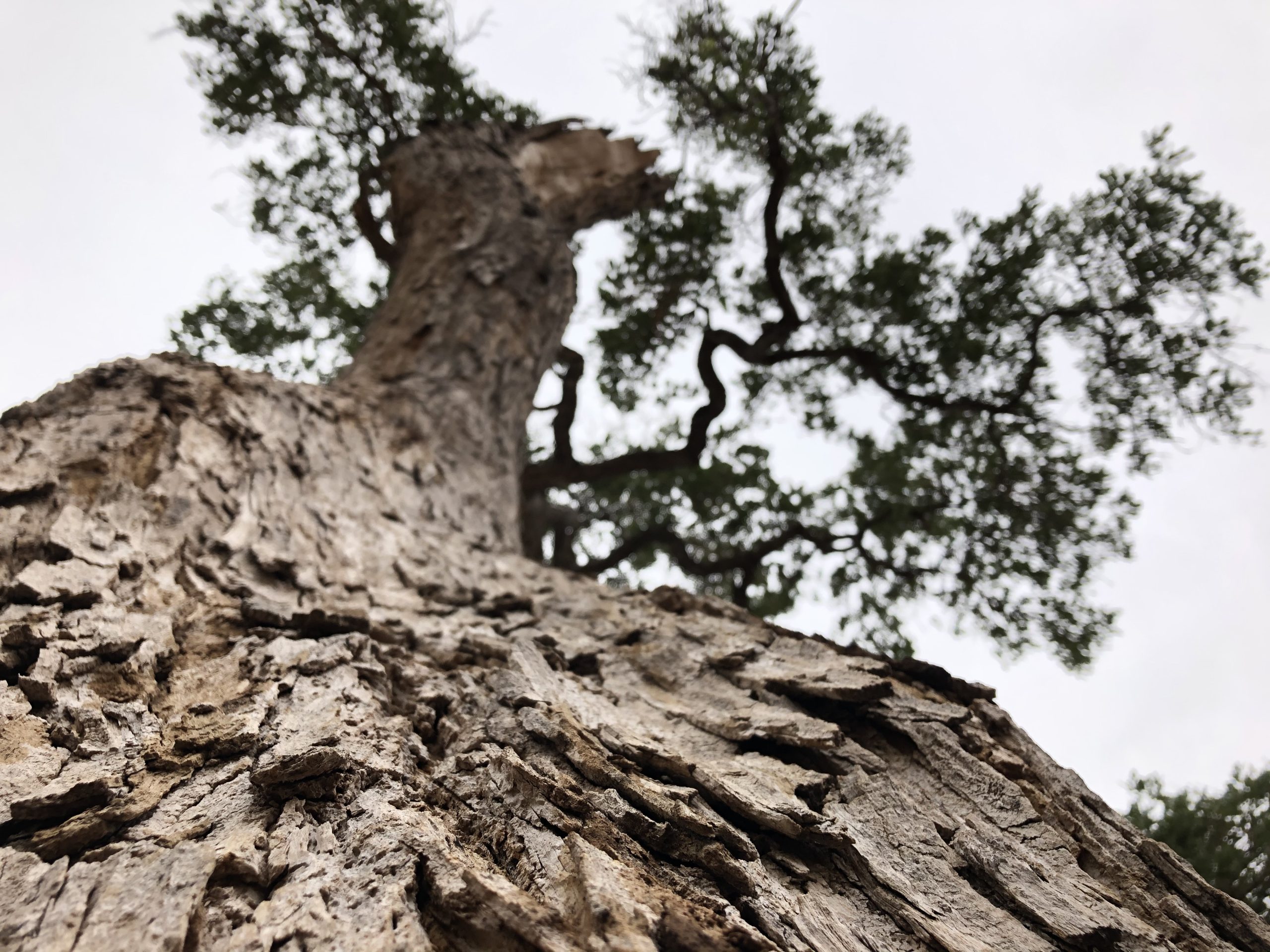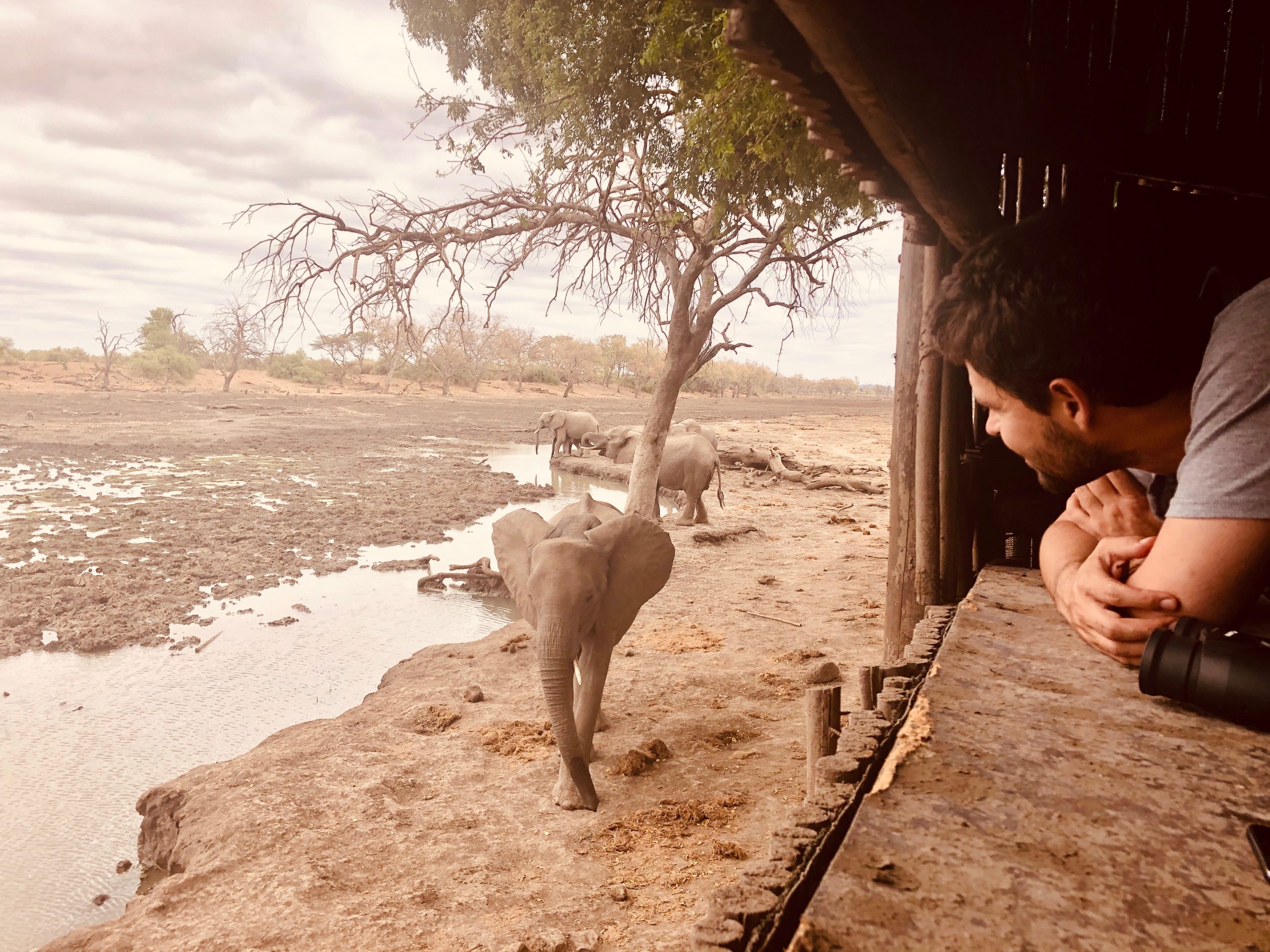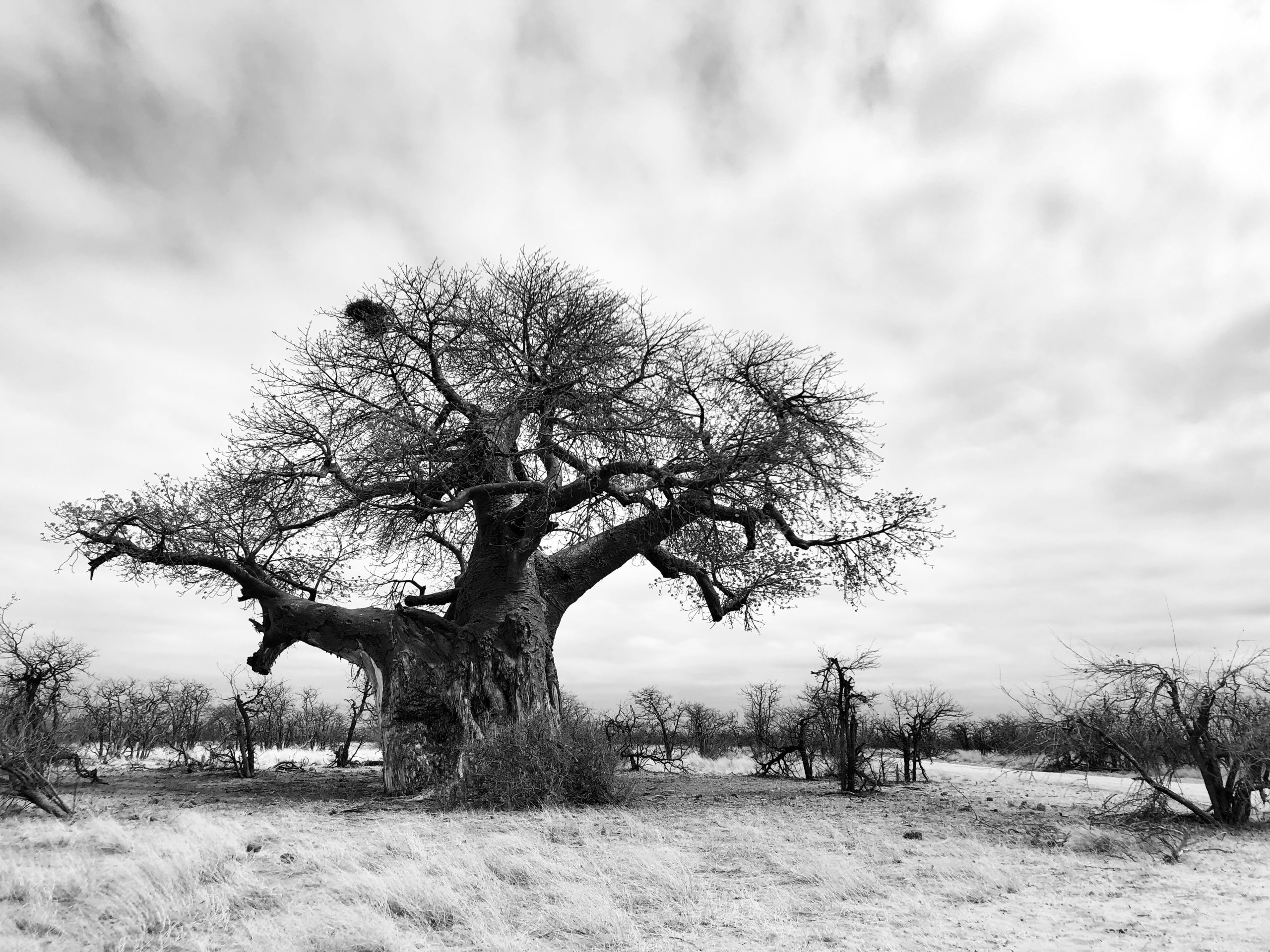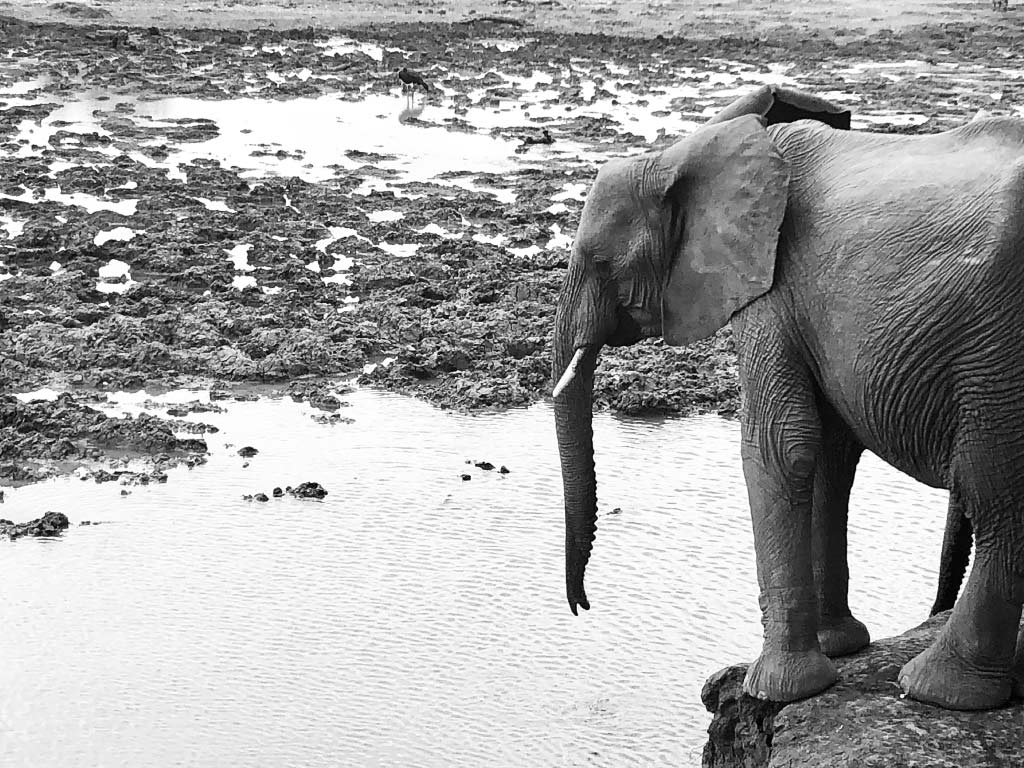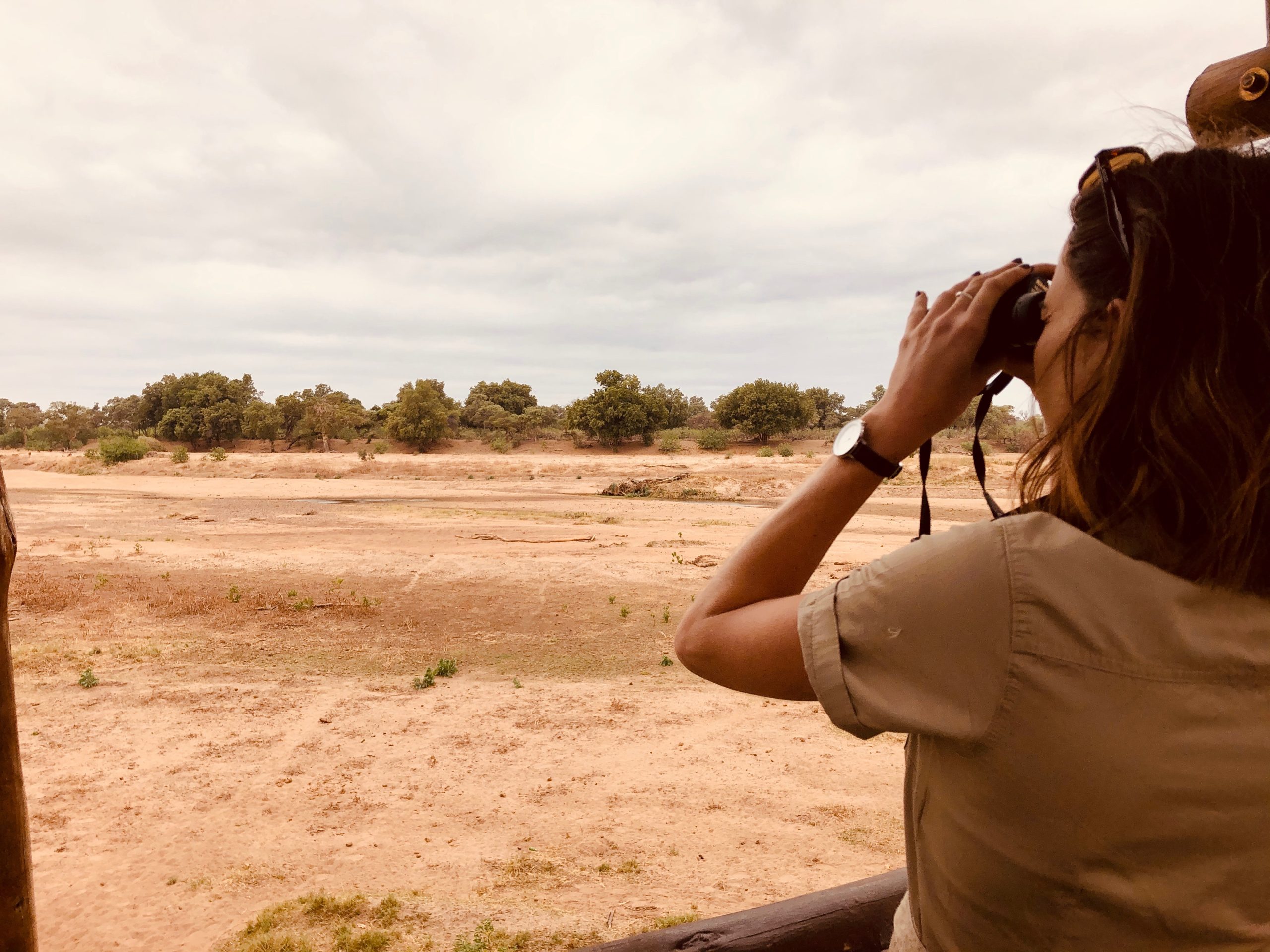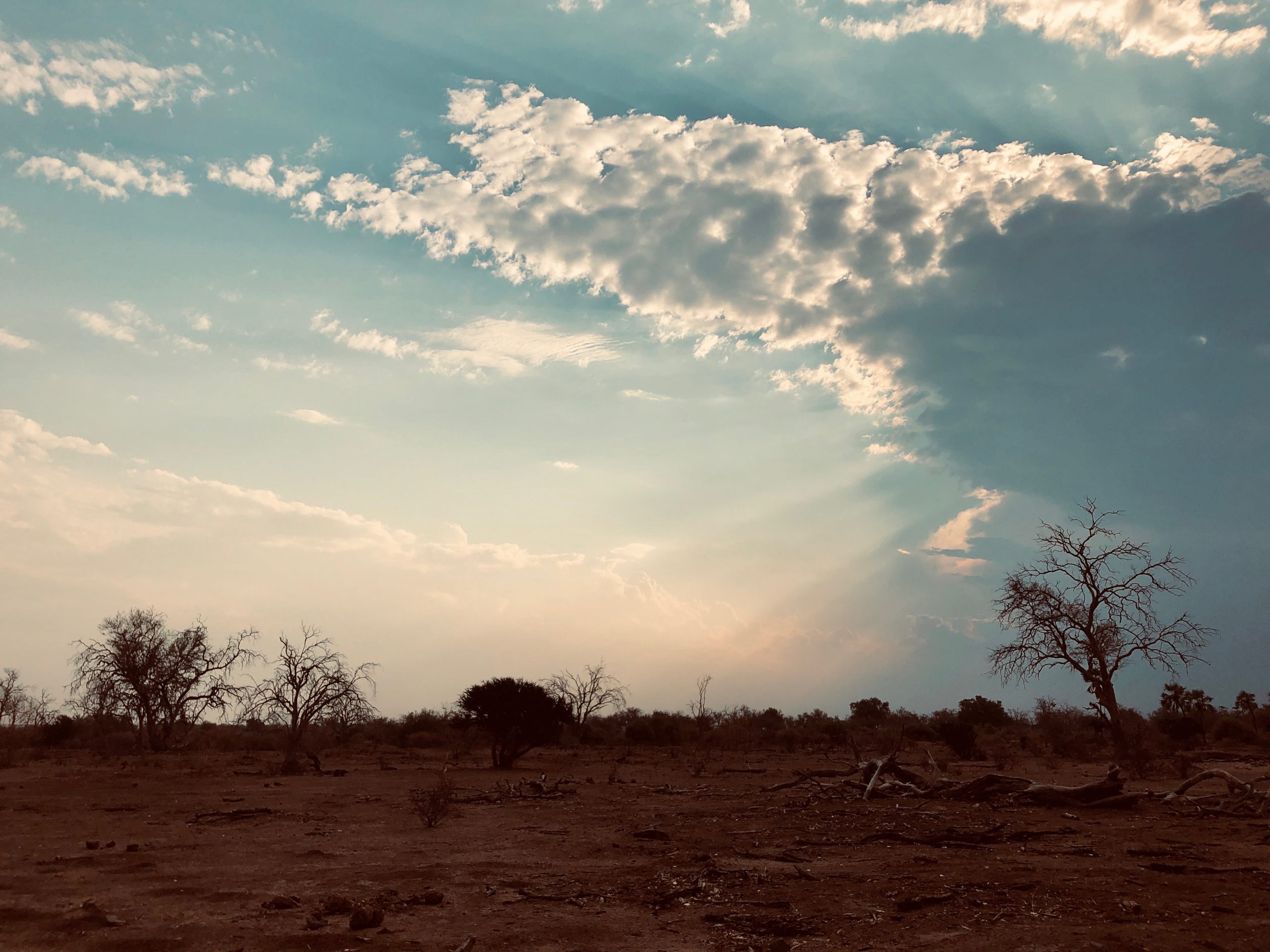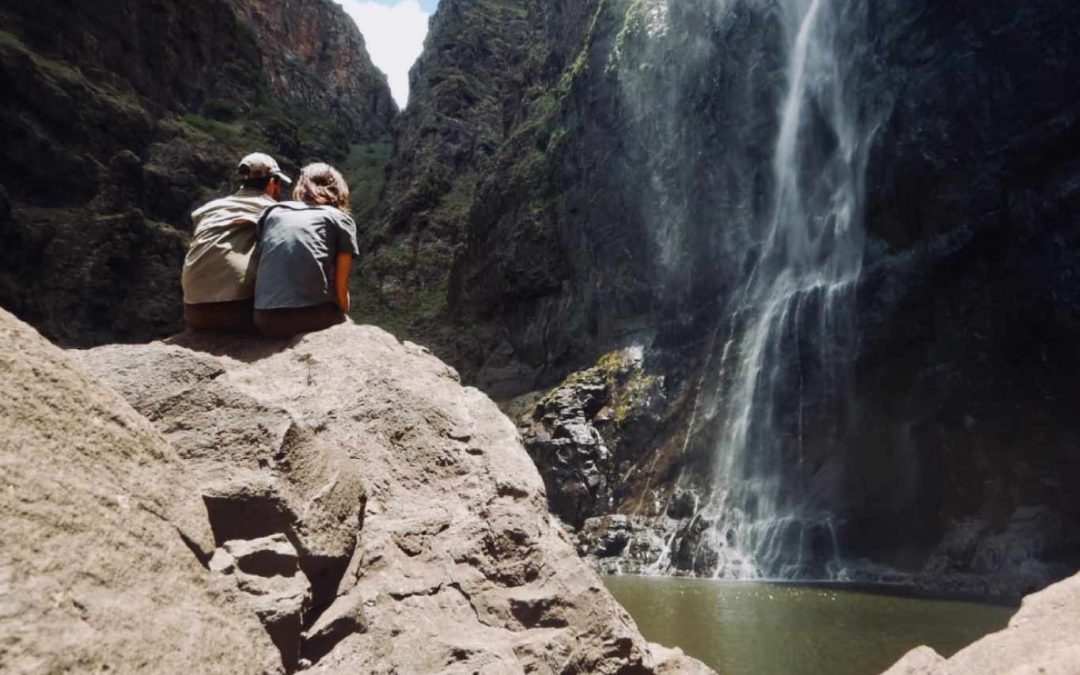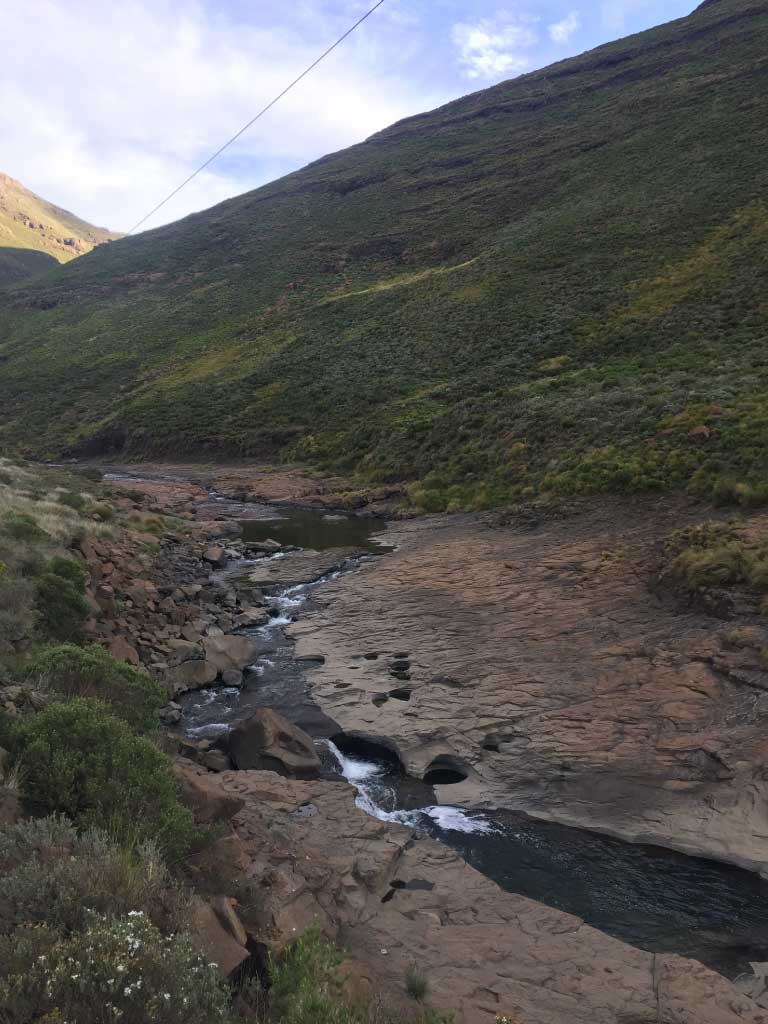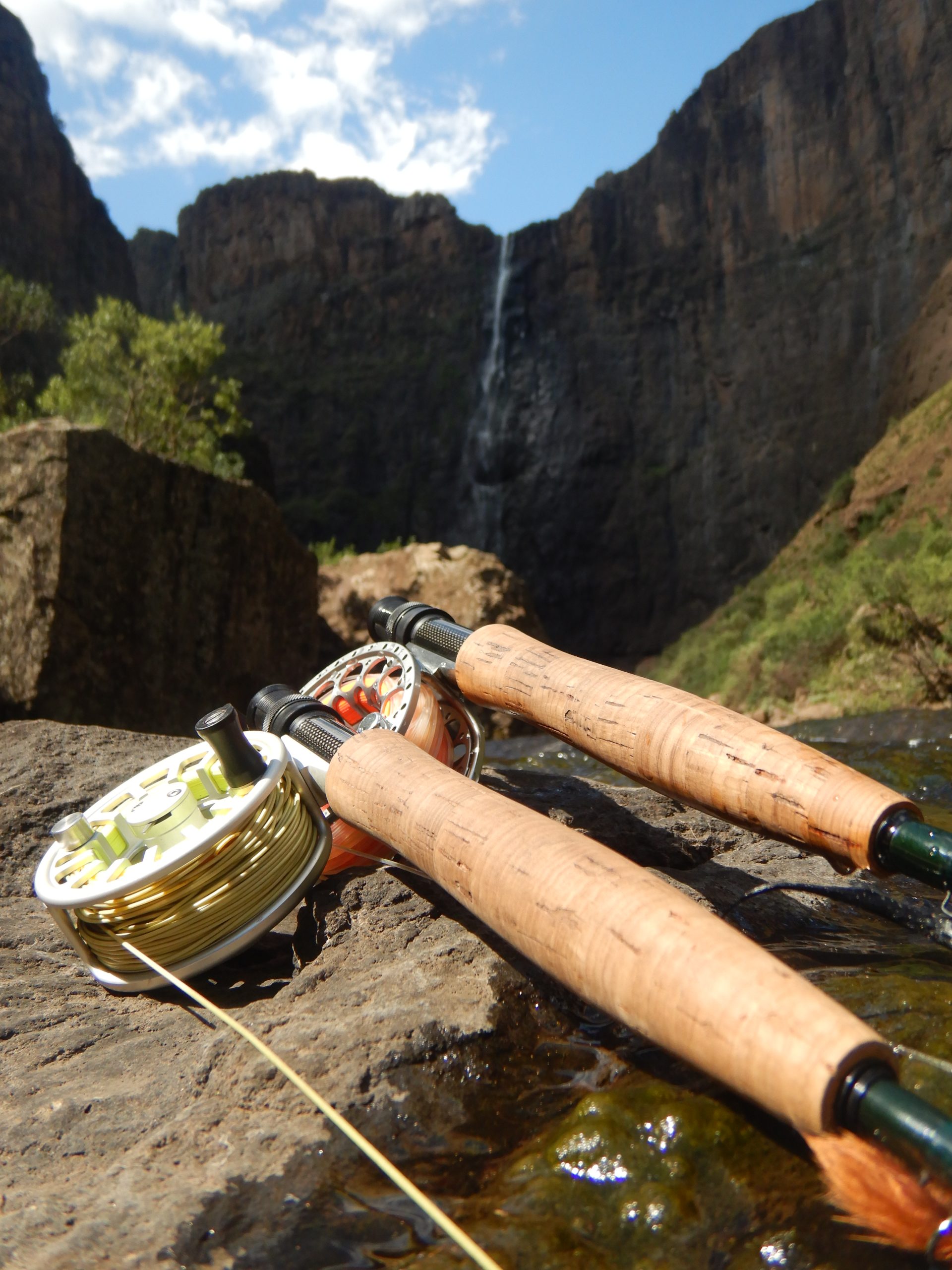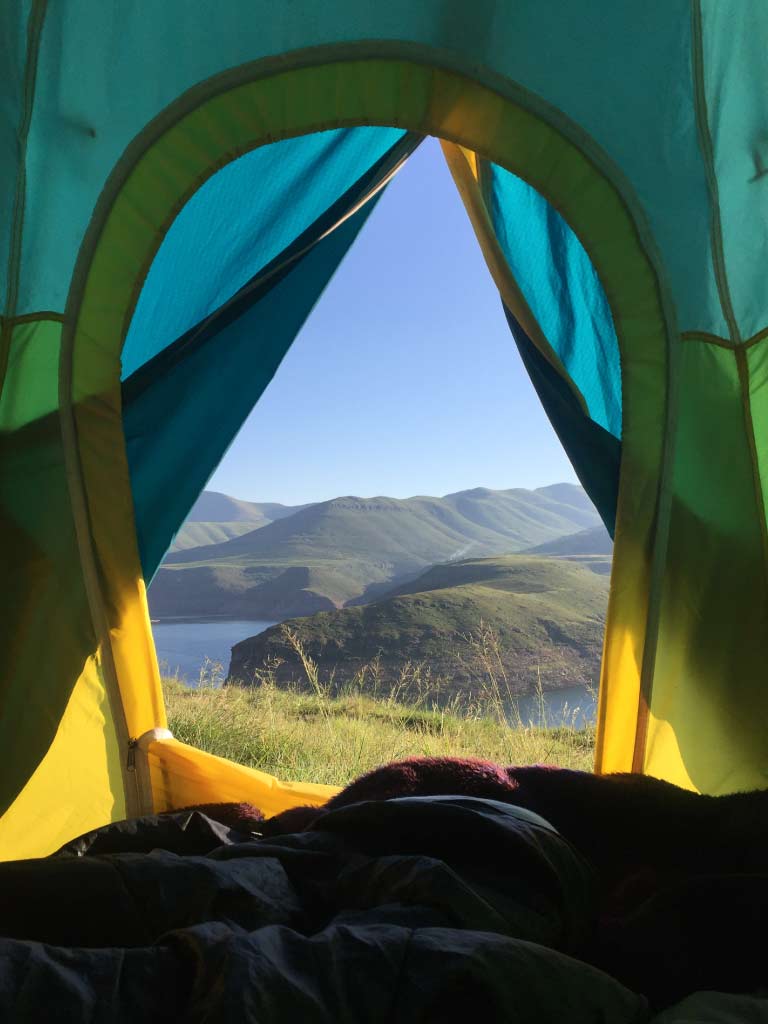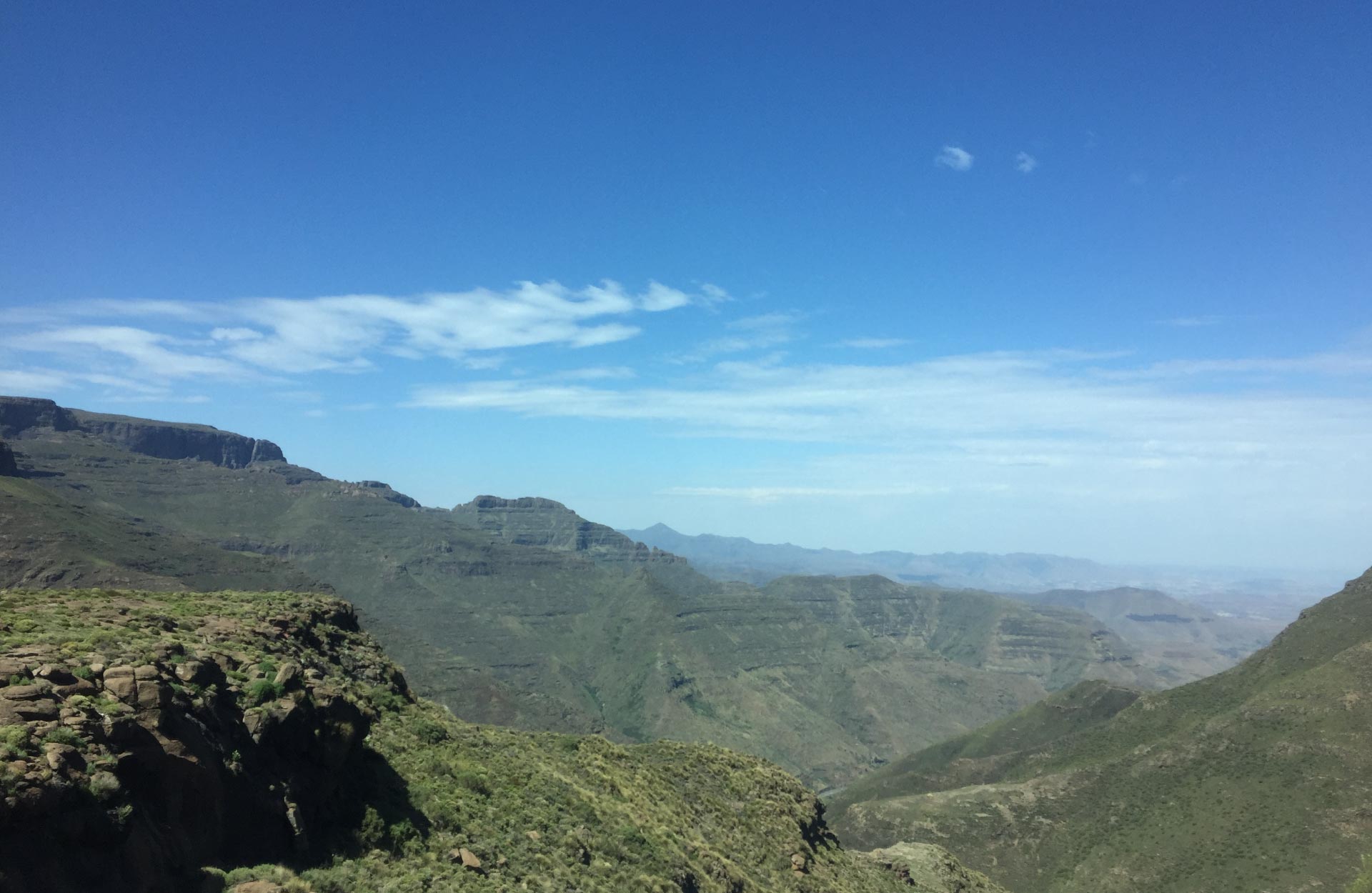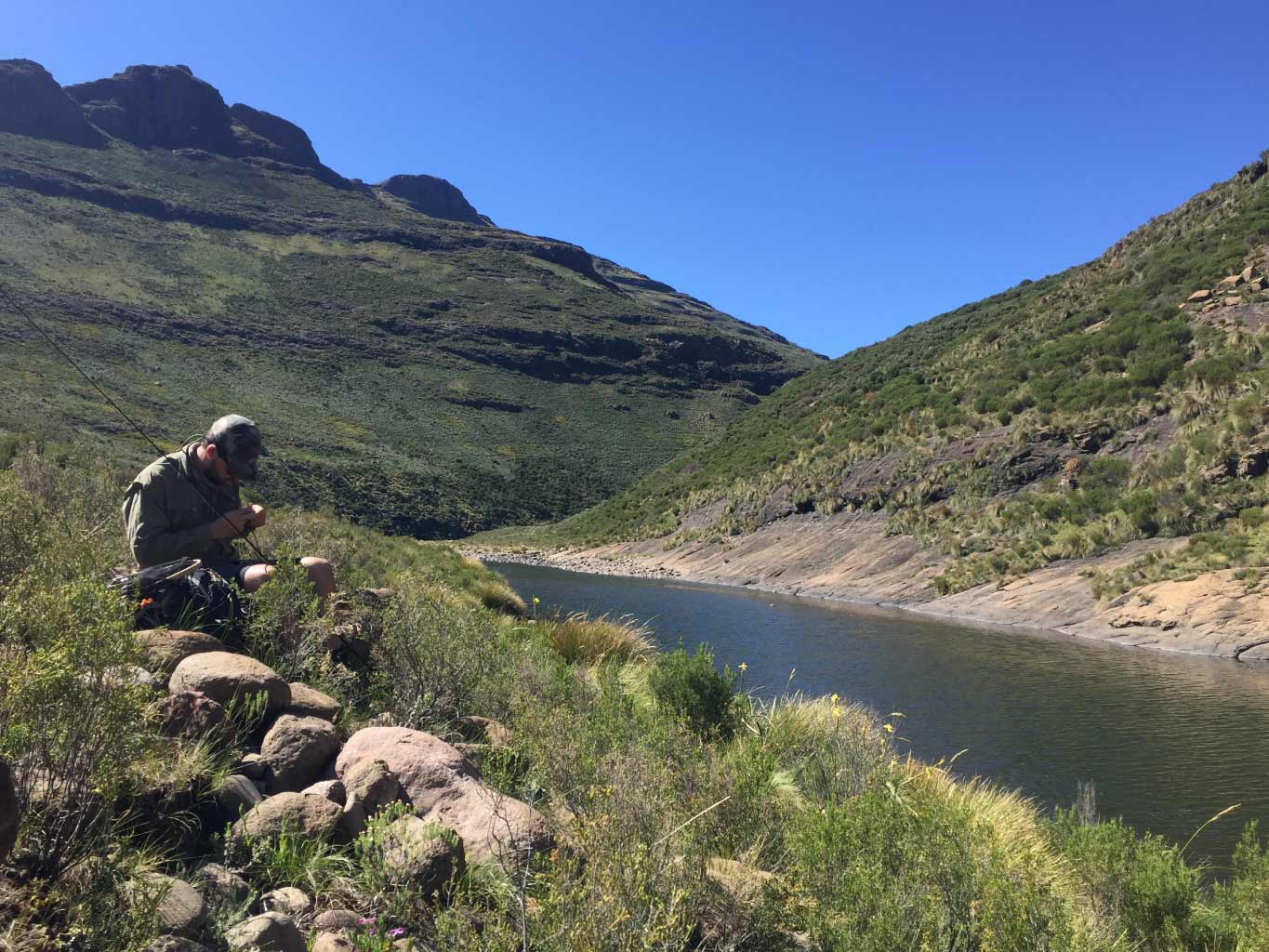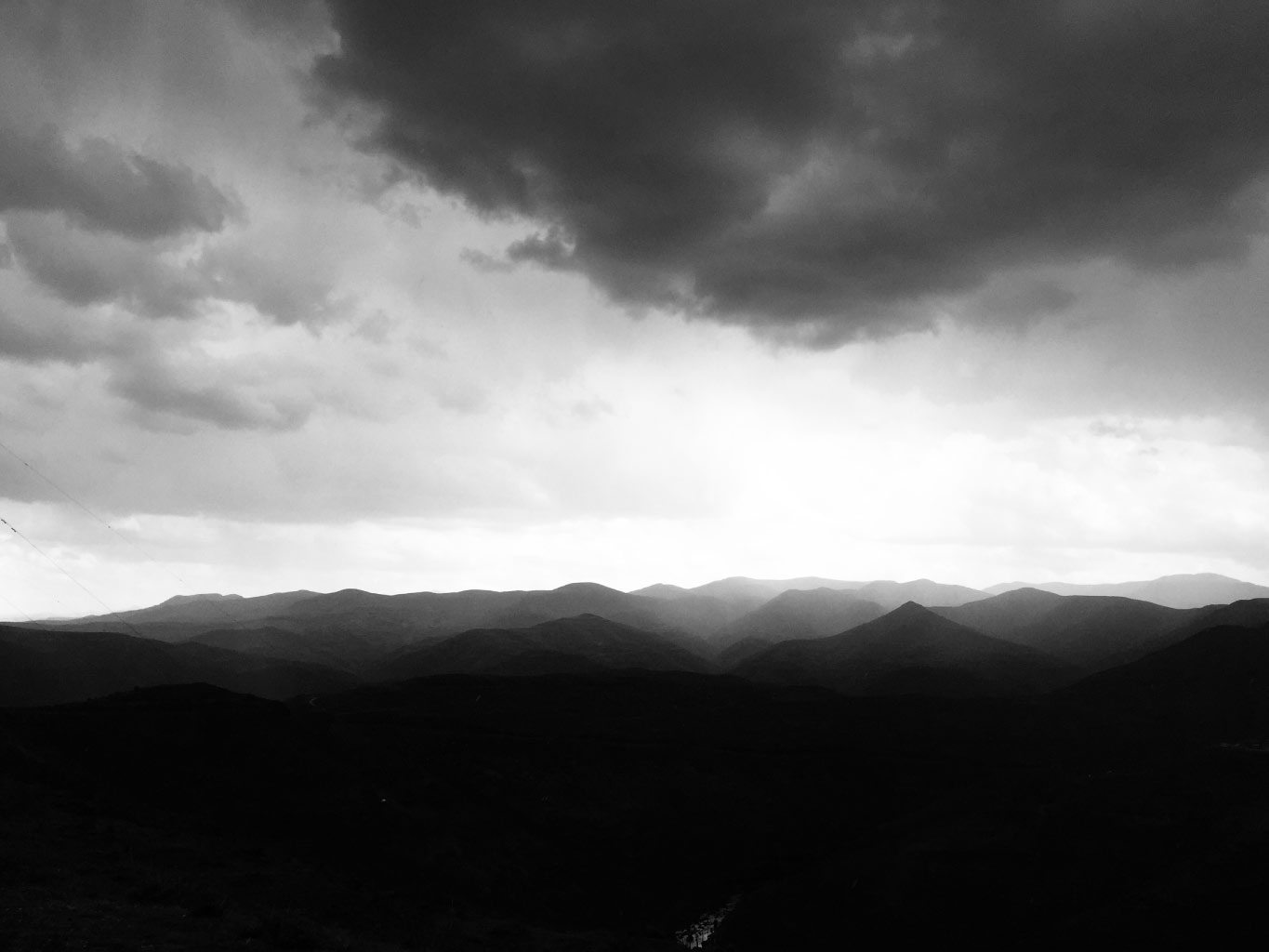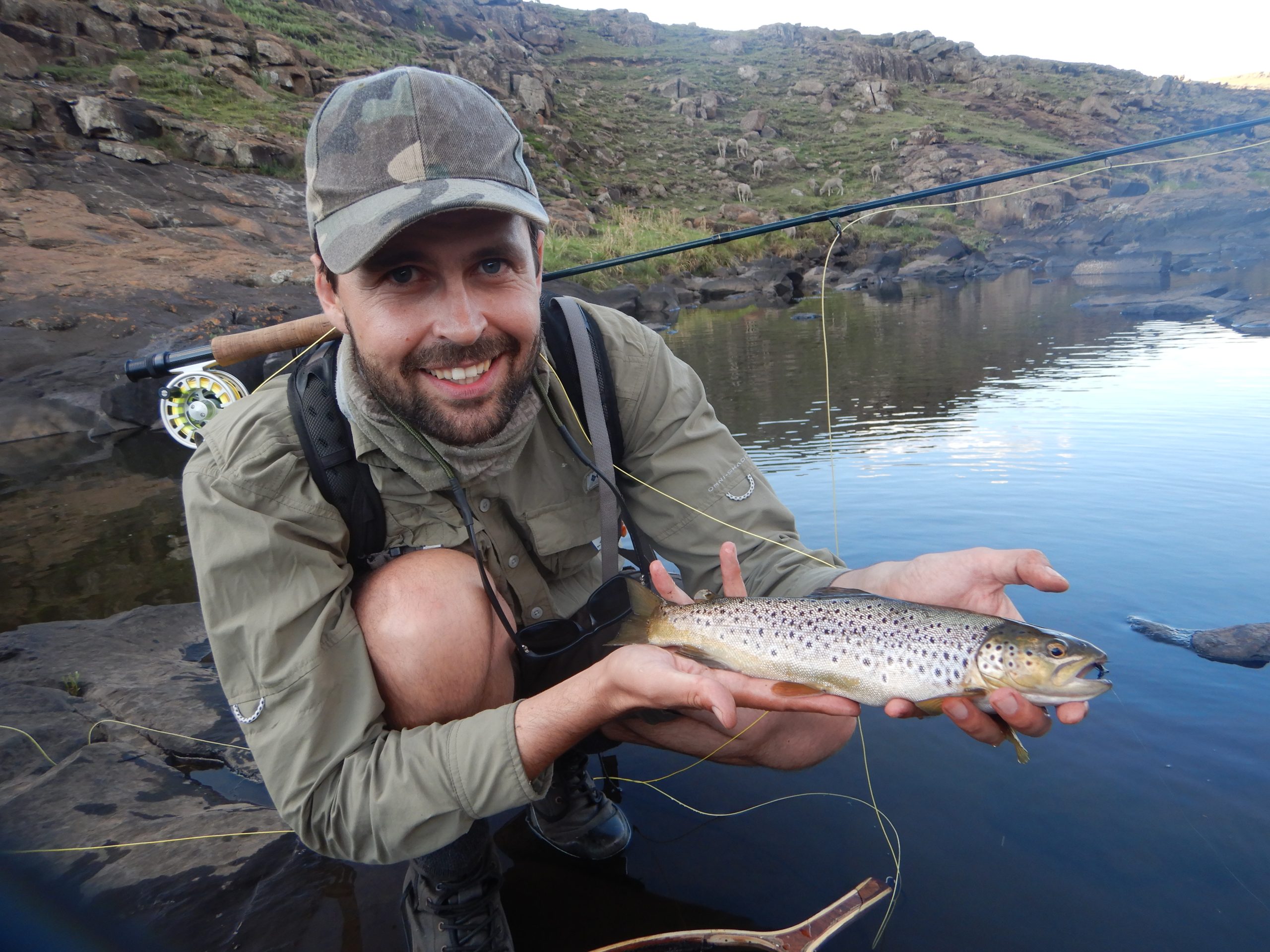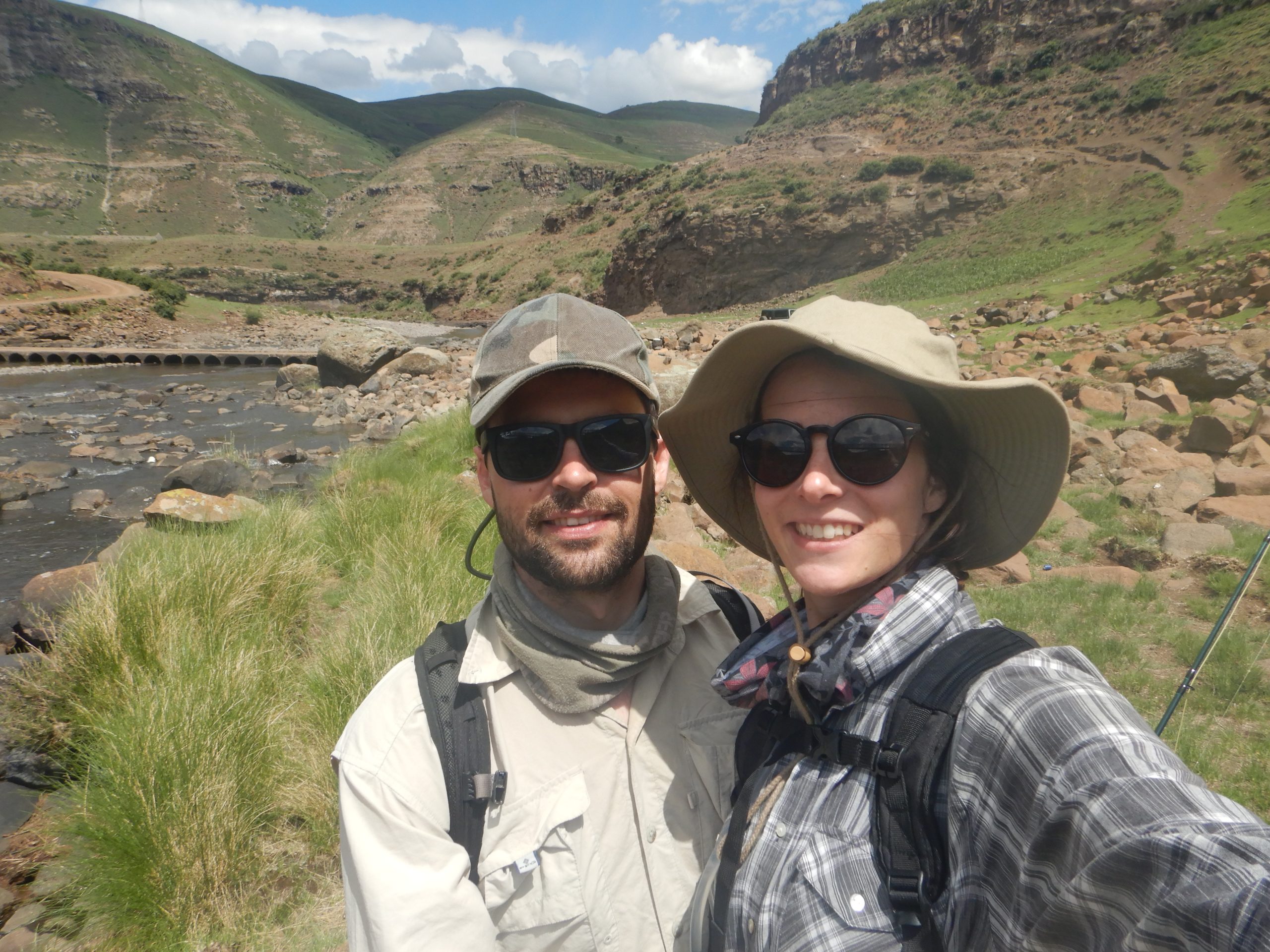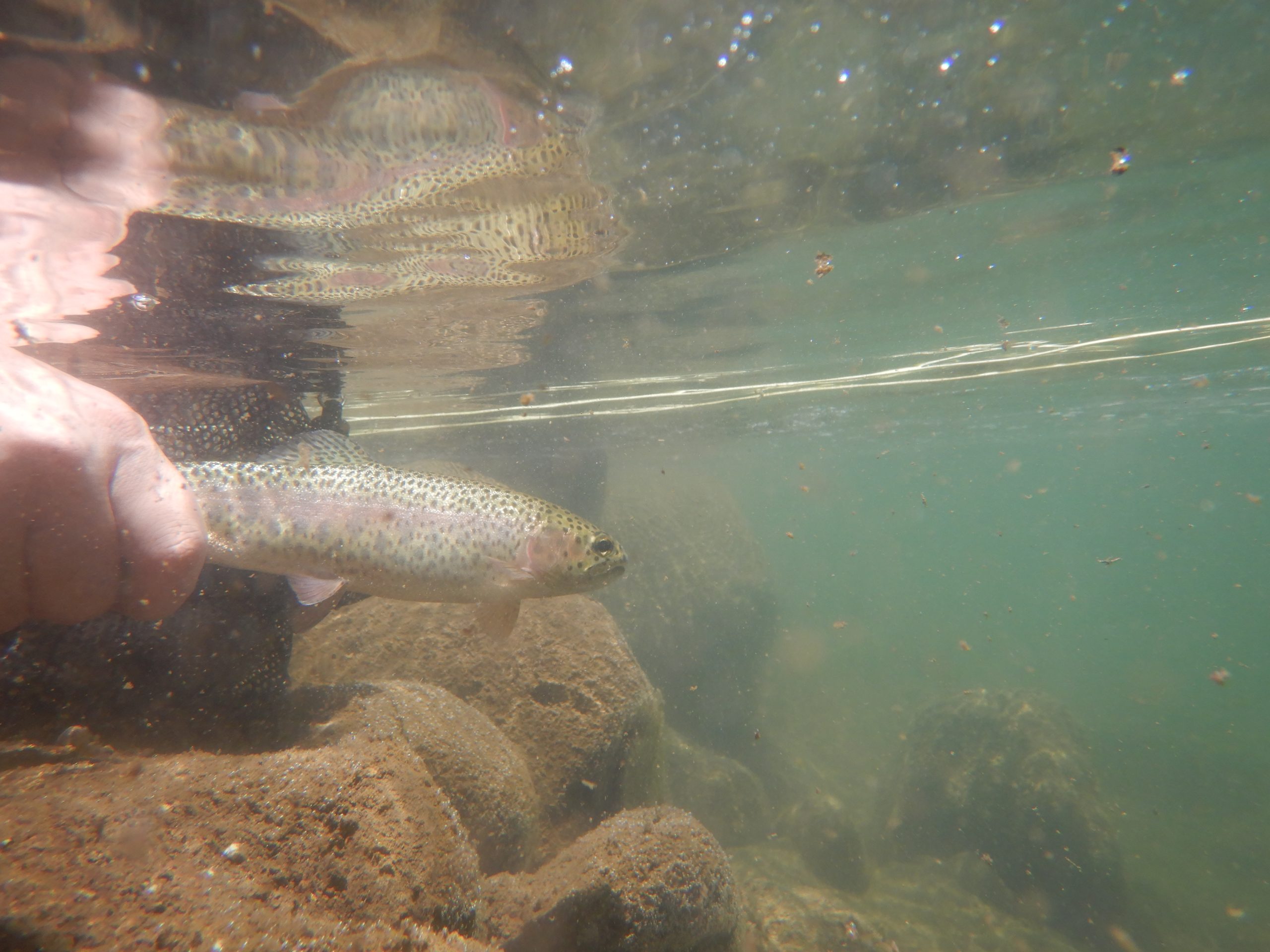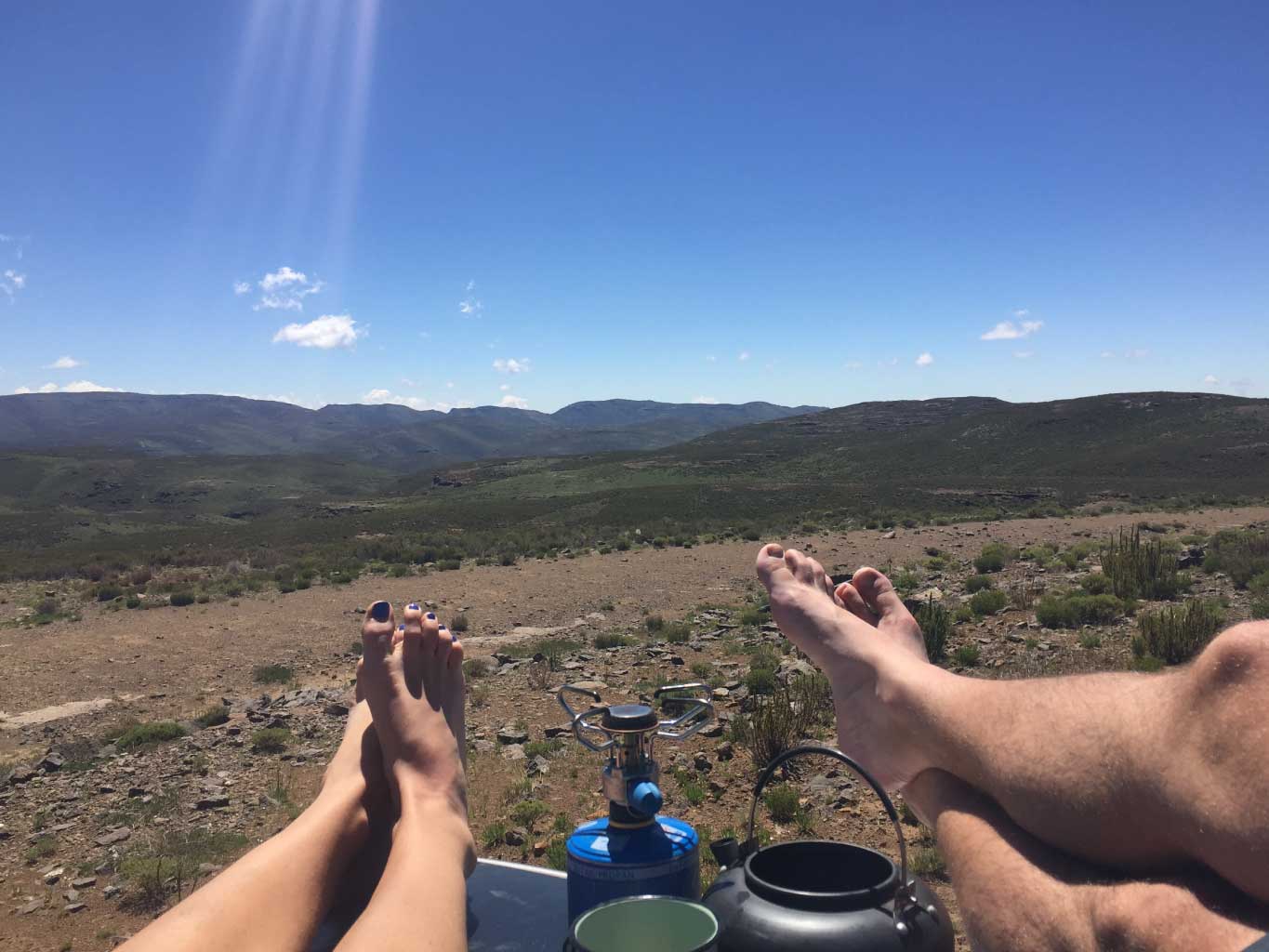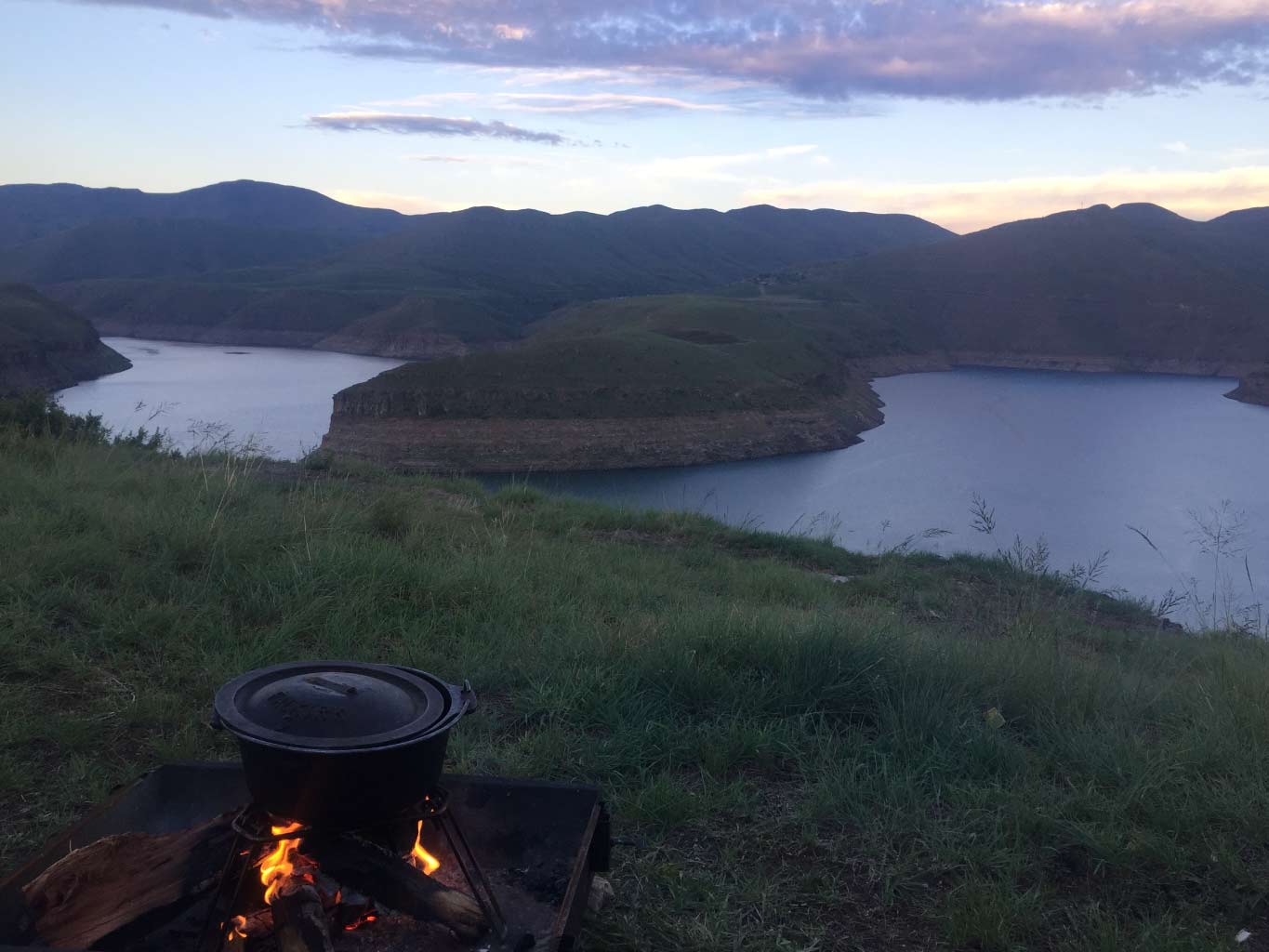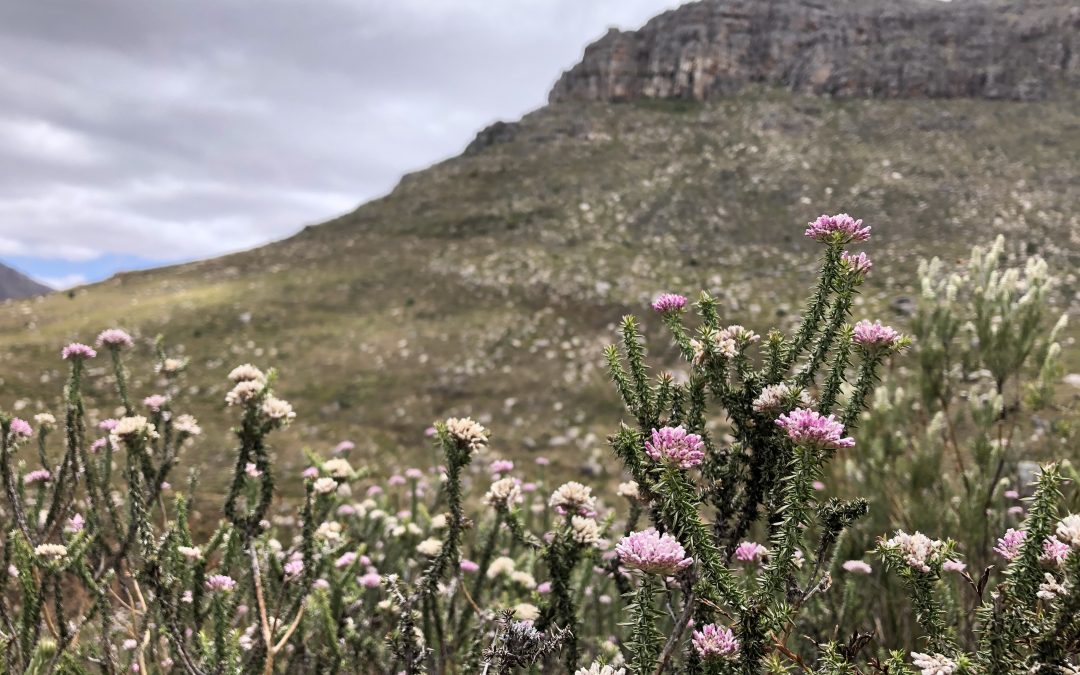
Wide Angle Lens
After a few months in which every day seemed to need an extra hour at work, it was time to relax, unwind and do what any sensible person would do – adventure into the wilderness. It is well known that exploration and fly fishing pairs like Land Rovers and oil leaks. So, the mission this time round was again based on a combination of both wanderlust and piscatorial ambition. More specifically, the mysterious Clanwilliam yellowfish was to be targeted in its last stronghold – the vast Cape wildernesses of the Cederberg mountains.
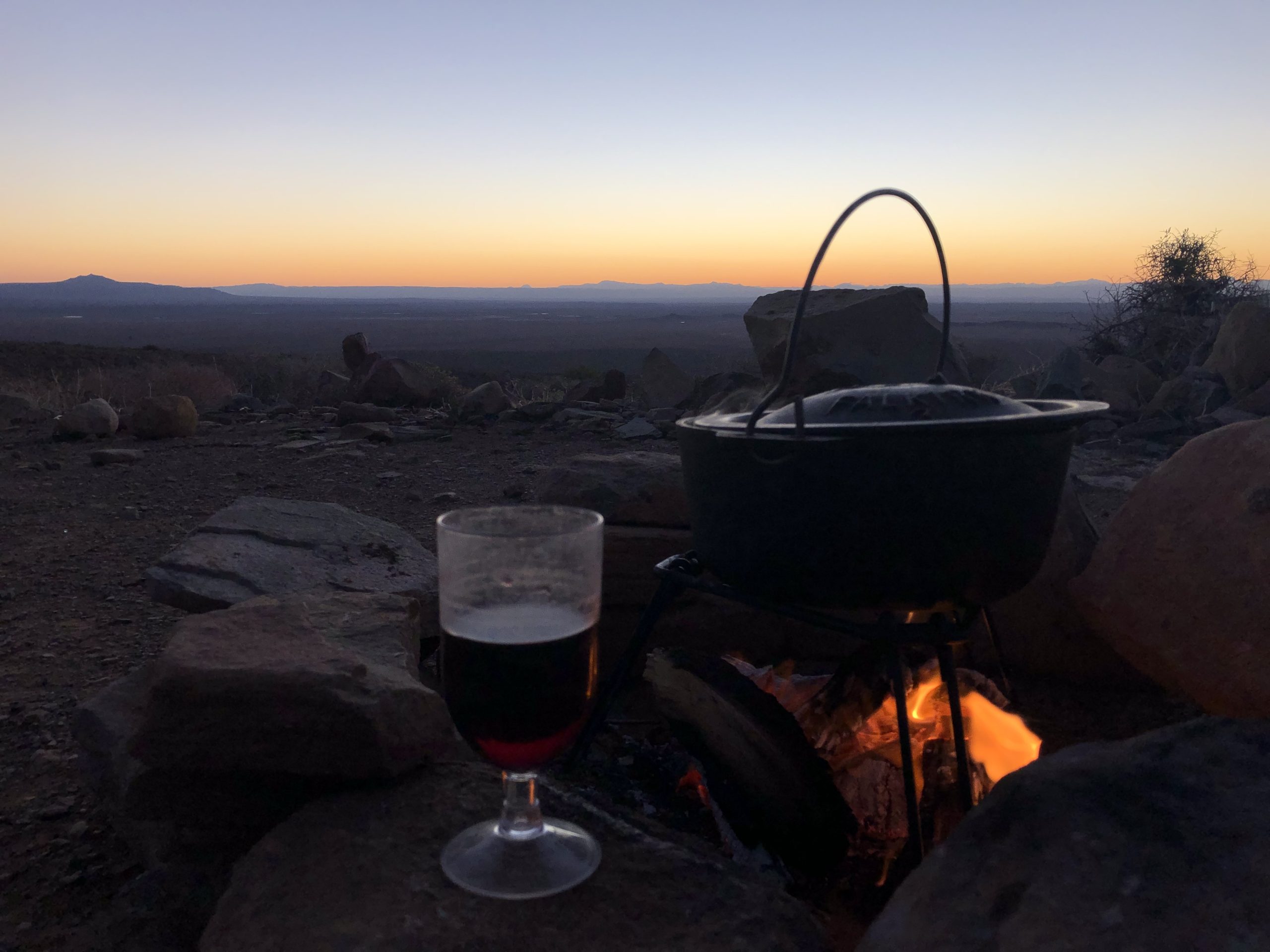

Anyone who makes it a personal goal to catch one of these secretive fish will swiftly learn that it is not exactly Dullstroom-bashing or Vaal-nymphing. In fact, the clannie knowledgebase is underground at best, making the largie cliques look like public school. Those in the know (mostly from the Republic of Cape Town) generally give away working tactics and proven hot-spots in the same way Mrs Ball advertises her secret chutney recipe. It is understandable though, as this species is highly endangered and confined to only a few pools in the Olifants and Doring river systems and their tributaries where bass have not yet decimated it all. What is clear however, is that your homework should be done and you should not be afraid to put in good leg work, find out for yourself, and expect to blank.
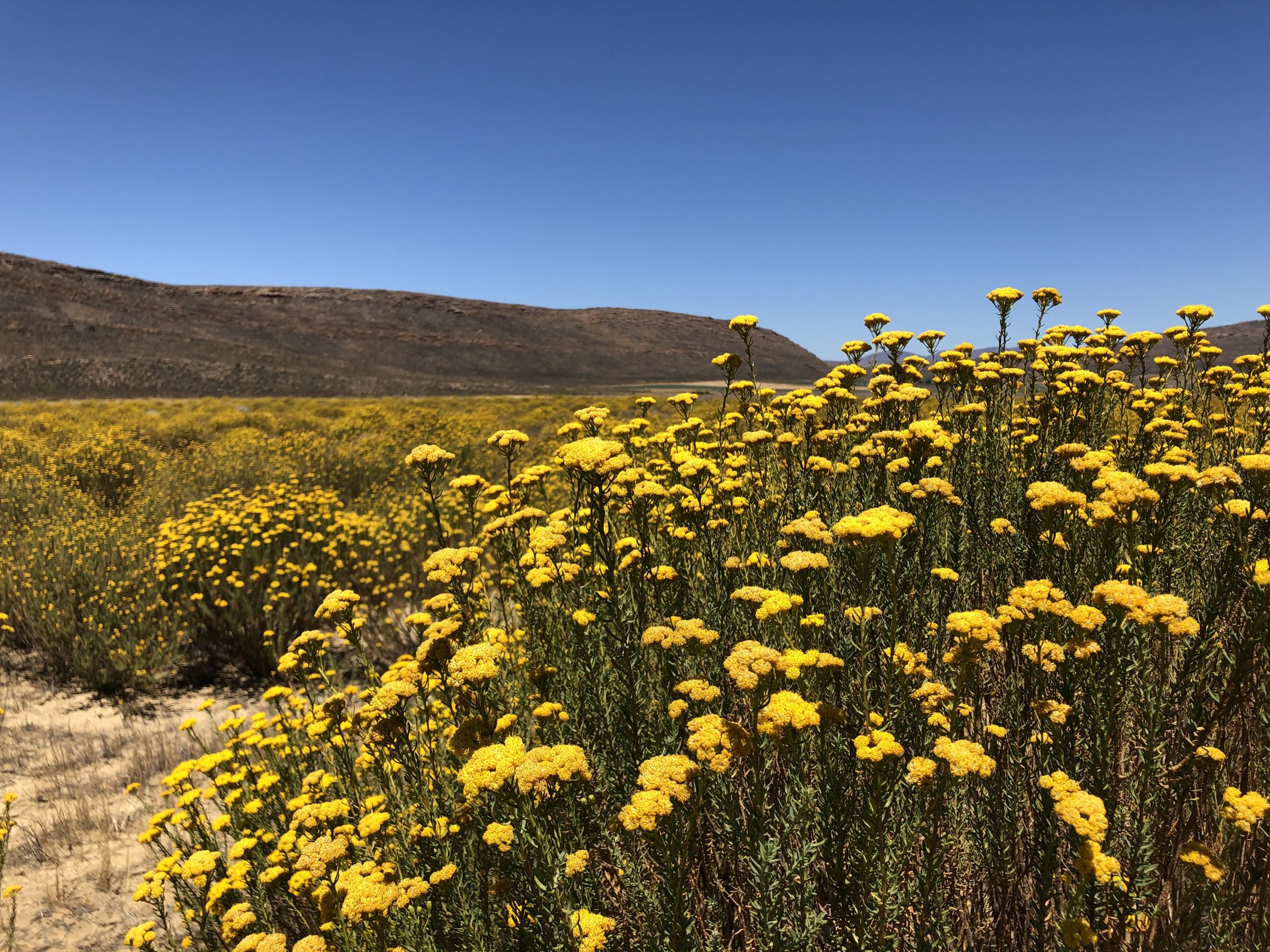

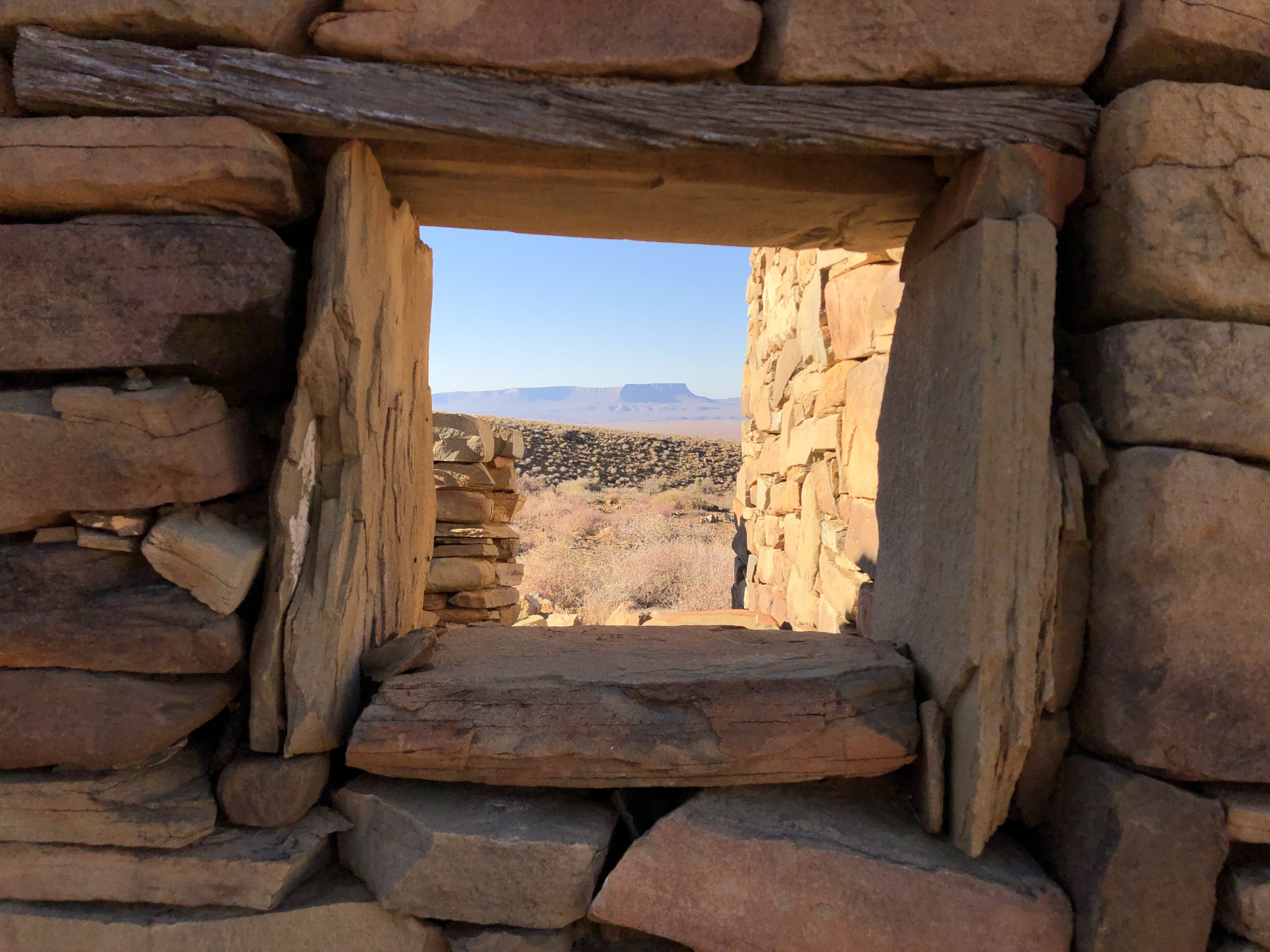
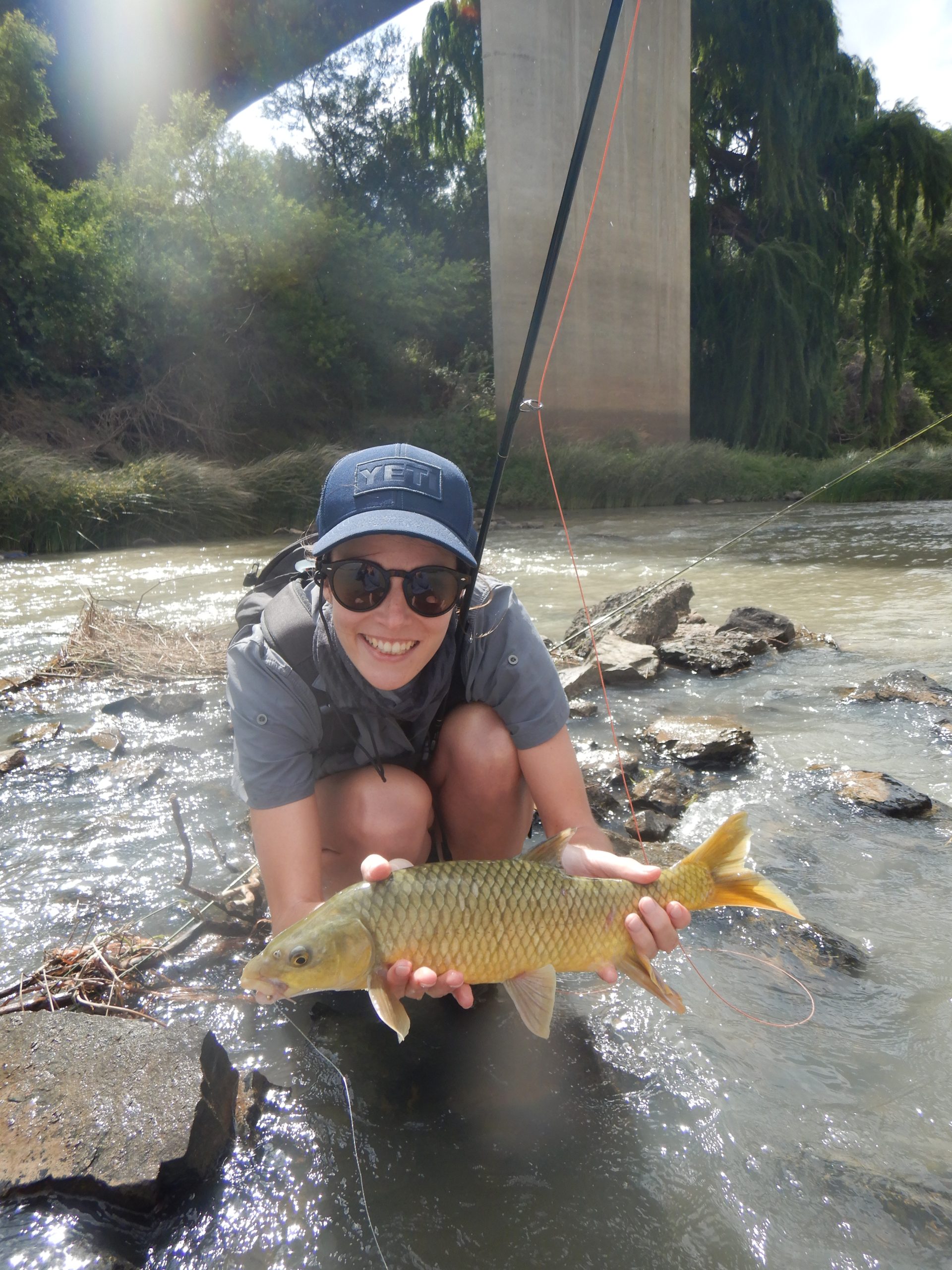
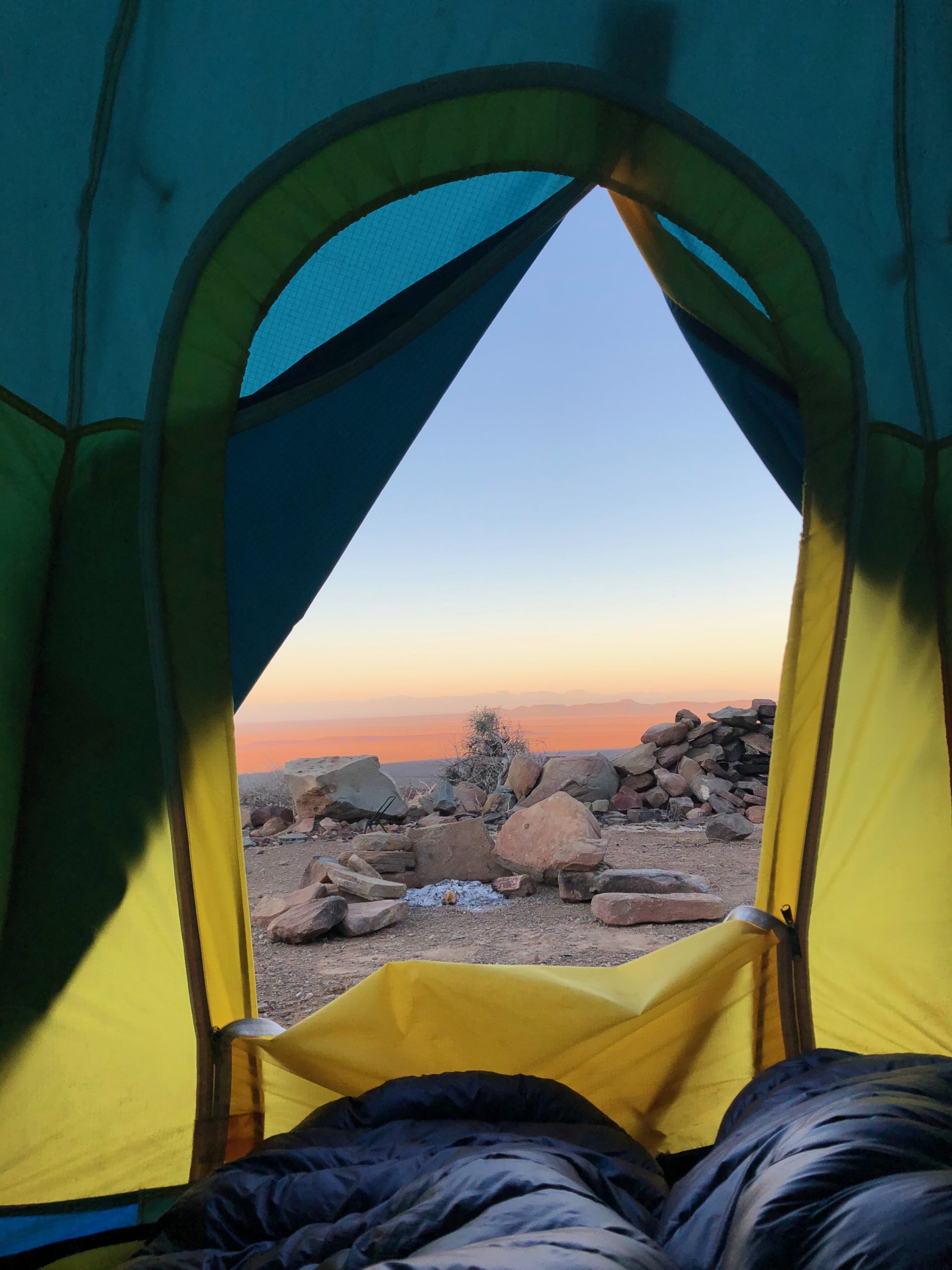
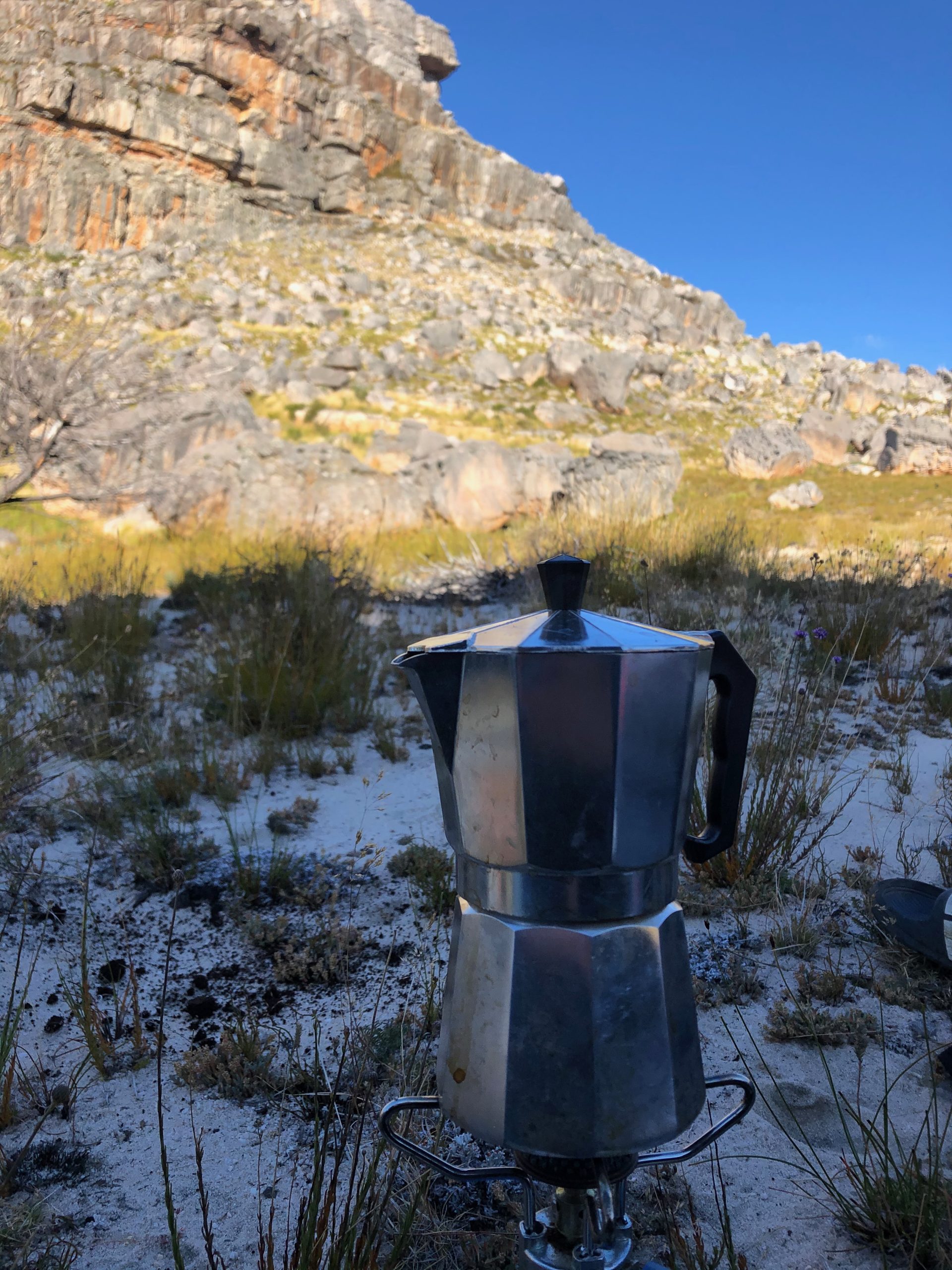
Being unclear where to really find these fish, our adventure shaped around exploring different areas, trails, parks and rivers along the way, which made all the difference. By widening your lens angle you will inherently widen your horizon. We widened it to include en-route experiences far outweighing the end destination. A cold beer next to the Orange river watching yellows rise to large caddisflies. An afternoon spent casting nymphs and dries to eager smallmouth yellows, including a proud Simoné’s first smallies and even an unexpected largemouth yellow for good measure! Breakfast shared with two kudus, a scrub hare and a karoo tortoise. Kondensmelkkoffie on the Jeep’s roof near Merweville (no it was not a breakdown, yet). A postcard-worthy sunset across the vast Tankwa-Karoo plains with a lamb potjie doing its thing. A pair of klipspringers protecting their few-weeks old offspring along the rocky valley of the Groot River. Waking up above the clouds among endless rocky mountains in the isolated wilderness areas north of the Algeria forest station. Hearing nothing but a lone rock kestrel’s lament down in the valley.
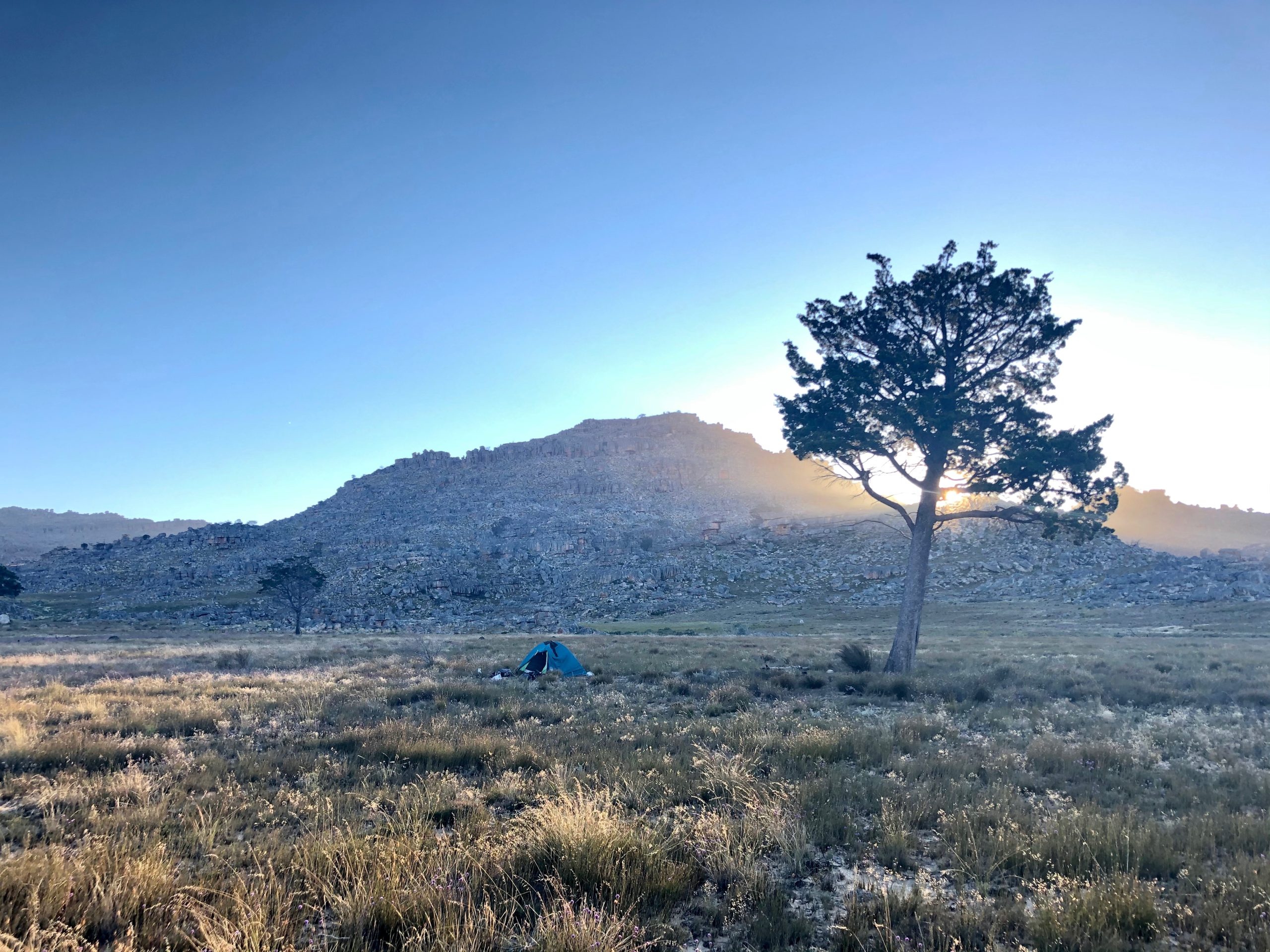
We put in some hard yards on this trip – exploring, driving, hiking, and fishing wise. The process showed us to appreciate every step of the journey. Don’t expect to catch that clannie. Rather expect to hike 40 km despite your fitness levels being comparable to an obese walrus. Expect to listen to the company-starved tannie’s stories at the Tankwa Padstal. Expect a colony of concubine-posing dassies to laugh at your stealth skills. Expect the inexistence of a flat campsite in the Cederberg wilderness. Expect pot-smoking hippies, families, and happy campers en masse at Beaverlac over December. Expect to trust the locals if they say tomorrow’s day on the Matjies river will be soaked with rain. Expect the Jeep to give a general malfunction light in the middle of nowhere. Expect to be despondent after finding most of the hardly-accessible water filled with exotic fish species and the native species once prolific to this area all but vanished. Expect to wild camp under a magnificent Cedar tree despite most of them having been wiped out from the region in bygone days. Expect to see elusive Cape Leopard tracks and tree claw marks despite them being hunted to near extinction.
And can you even find a clannie at all despite its endangered status? Expect to find hope if you search hard enough.
